Thunder Mountain MonumentFrank Van Zant (Chief Rolling Mountain Thunder) (1921-1989)
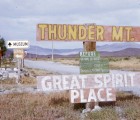
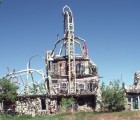
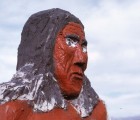
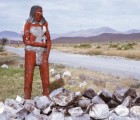
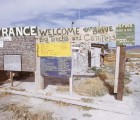
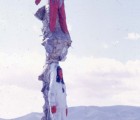
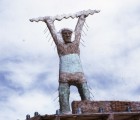
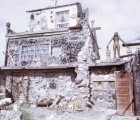
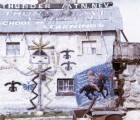
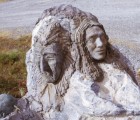
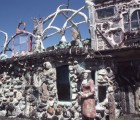
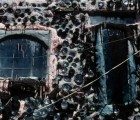
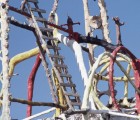
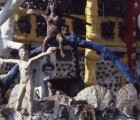
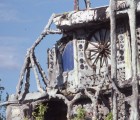
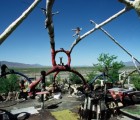
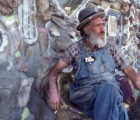
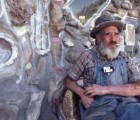
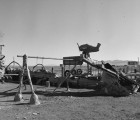
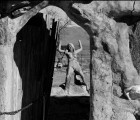
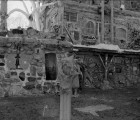
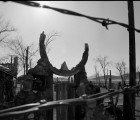
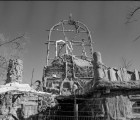
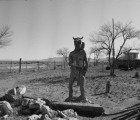
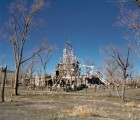
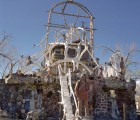
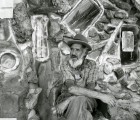
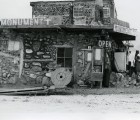
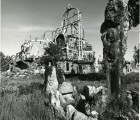
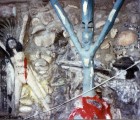
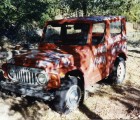
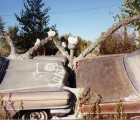
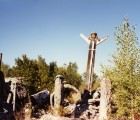
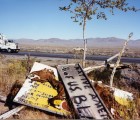
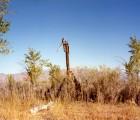
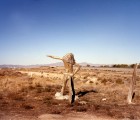

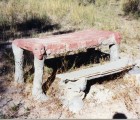
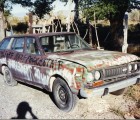
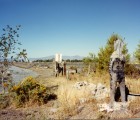
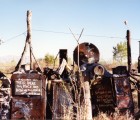

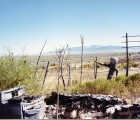
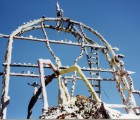
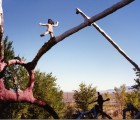
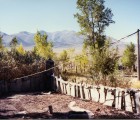
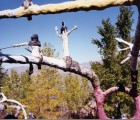
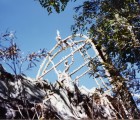
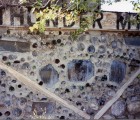
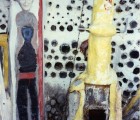
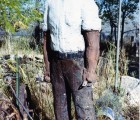
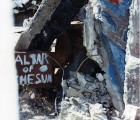
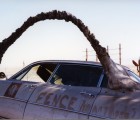
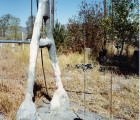

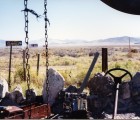
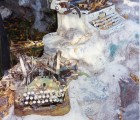
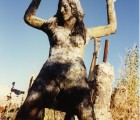
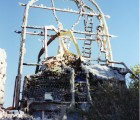
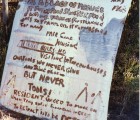
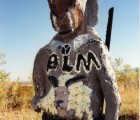
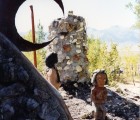
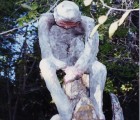
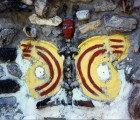
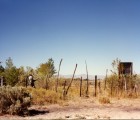
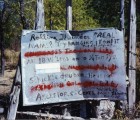
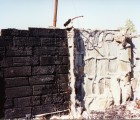
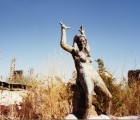

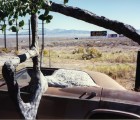
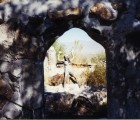

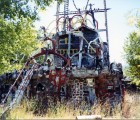
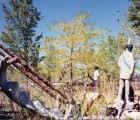
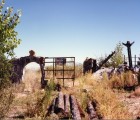
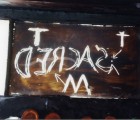
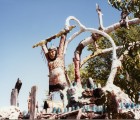
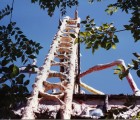
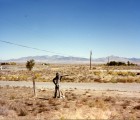
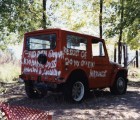
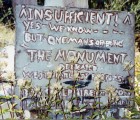

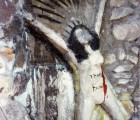
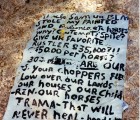
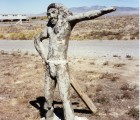
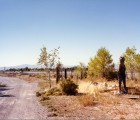
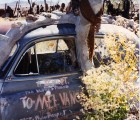
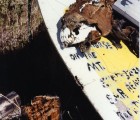
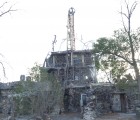

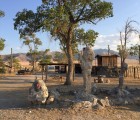
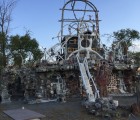
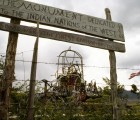
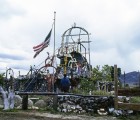
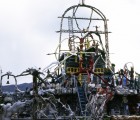
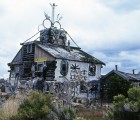
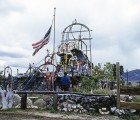
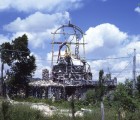
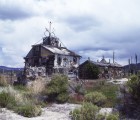
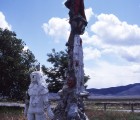
Extant
Frontage Road, Imlay, NV, 89418, United States
begun 1968
Located between Winnemucca and Lovelock off I-80, about 120 miles east of Reno. I-80 exit 145, turn east, then turn left onto Star Peak Rd. Drive straight as the road turns to gravel and Thunder Mountain is ahead on the left. Visitors may walk through at their discretion for their own self-guided tours.
About the Artist/Site
Frank Van Zant was born in Okmulgee, Oklahoma, Indian Territory that had been settled by members of the Creek Nation beginning in the 1820s, after many were forcibly removed from their homes in the eastern United States. Okmulgee County was also home to one of Oklahoma’s early all-black towns, one of 25 such towns established in Indian Territory prior to statehood.
Despite his Dutch surname, Van Zant believed himself to be a full-blooded Creek Indian. At age 14 he left home and enlisted in the Civilian Conservation Corps; when World War II began, he first enlisted in the Army Air Corps, but soon transferred to the Tank Corps, and saw action in the European theatre. It is said that he survived some very dangerous battles and was badly burned. His son recounts hearing from his grandmother that Van Zant came back from war a completely changed man.
Returning to civilian life, he first studied theology, intending to be a minister, but never completed this objective, later serving instead in the sheriff’s office in Sutter County, California. After a failed run to become sheriff, he became a private investigator. After he retired, in 1968 he set out with his third wife Ahtrum toward the east. Although accounts of why he ended up near Imlay, Nevada differ, it is most likely that his truck simply broke down and he couldn’t get it re-started, so he camped on this spot; at some point the owner of the property came by, and made Van Zant an offer he couldn’t refuse.
Thunder Mountain Monument (which is actually on the flats, not on a mountain, and there is, in fact, no local mountain by this name) began as a one-room travel trailer, which Van Zant gradually covered with rocks and concrete, adding pathways and stairways that eventually turned into the three-story monument that exists today. He had seen a bottle house somewhere in the desert (perhaps Tom Kelly’s bottle house in Rhyolite, NV) sometime earlier and had always wanted to build one, so many of the exterior walls were created with “daub and bottle” construction. A nearby junk yard provided most of the resources for his construction; the rest he scavenged from the desert himself, using the white man’s resources, he would say, to build this Indian monument. He said that the only thing he ever purchased for his extensive building projects was concrete. He added automobile windshields for larger windows, using recycled scrap iron and pipe to strengthen the structure. Covering chicken wire forms with a concrete mixture, he built a variety of sculptures to adorn the grounds and the buildings themselves. Among the sculptures were several self-portraits, as well as homages to his son Sid who had committed suicide, to the Paiute peacemaker Sarah Winnemucca, to the Aztec god Quetzalcoatl, and to Ponca tribe chief Standing Bear, who was imprisoned for leaving Indian Territory without permission. The entire exterior of the monument was covered with bas-relief tableaux that tell the story of the betrayals of the Native Americans by the U.S. government, and the roof was ornamented with additional sculptures and arches laced together, the tallest of which rises 50 feet high, topped with a carved wooden eagle.
Van Zant worked on Thunder Mountain for twenty years, and ultimately some seven structures were constructed on the five-acre plot that runs 1000 feet along the south side of U.S. Highway 80. During the late 1960s and 1970s it became a popular hangout for hippie artisans and countercultural “refugees” from the mainstream, particularly as living lightly on the land in the “Indian Way” was popular. Van Zant apparently enjoyed serving as the adopted patriarch for this ever-changing tribe of visitors, some of whom stayed quite a while. In 1983 he was honored as the State of Nevada’s “Artist of the Year.” But that same year the three-story hostel house burned to the ground (arson was suspected); later the roof of the underground house caved in. As Van Zant aged, the community members drifted away, and he could not keep up with the repairs on the structures. Soon thereafter Ahtrum left him, taking their three young children, Obsidian Lightning Thunder, Thunder Mountain Thunder, and True Brave Eagle Thunder. Increasingly depressed, in 1989, after writing a goodbye note that bequeathed the property to his oldest son Dan, he put a bullet through his brain.
His son, however, was not living near the area, and it took some time for him to claim legal custody of the property. In the meantime, the monument and assorted sculptures continued to deteriorate. In 2002, trying to preserve his father’s legacy, he was finally able to begin the cleanup process, hauling away tons of trash— things his father had collected with the intention of using them as building material. Dan would ultimately like to build a visitor’s center and install an irrigation system, but funding is minimal, although the site has been designated a State of Nevada Historic Site Restoration Project.
In 1992 Thunder Mountain was entered into the State of Nevada’s Registry of Historic Sites. There is typically little activity on the site, however, so visitors may walk through at their discretion for their own self-guided tours.
~Jo Farb Hernández, 2014
Contributors
Materials
cement, semi-precious stones, amethyst, turquoise, bottles
SPACES Archives Holdings
2 folders: clippings, correspondence, images
Related Documents
Map & Site Information
Frontage Road
Imlay, NV, 89418
us
Latitude/Longitude: 40.6454679 / -118.1825341
Nearby Environments

Can you provide SPACES with images of this art environment?
Please get in touch!
Peck’s Bottle House
Tonopah, Nevada
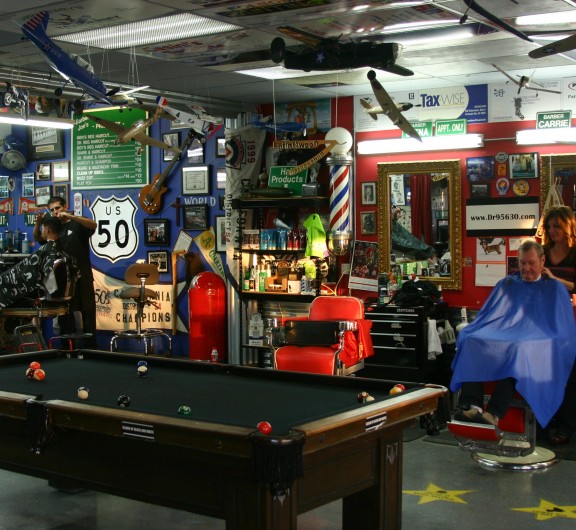
Barber Jon’s World Famous Barber Shop/Museum of Curiosities and Oddities
El Dorado Hills, California


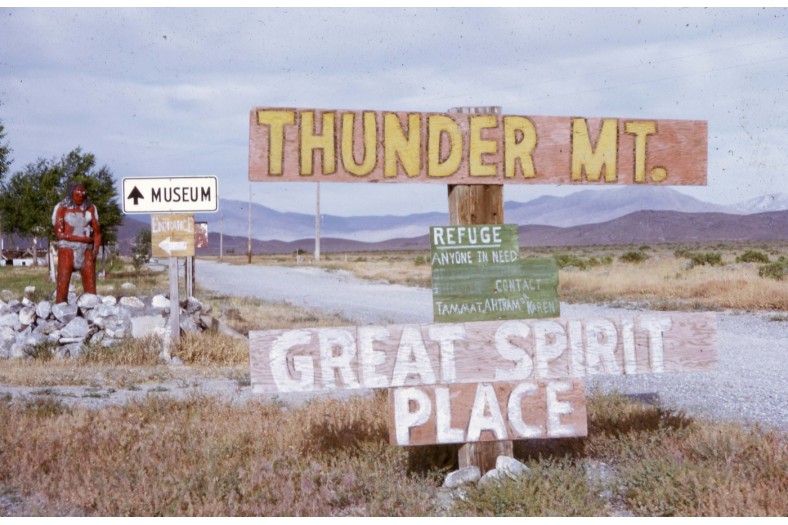
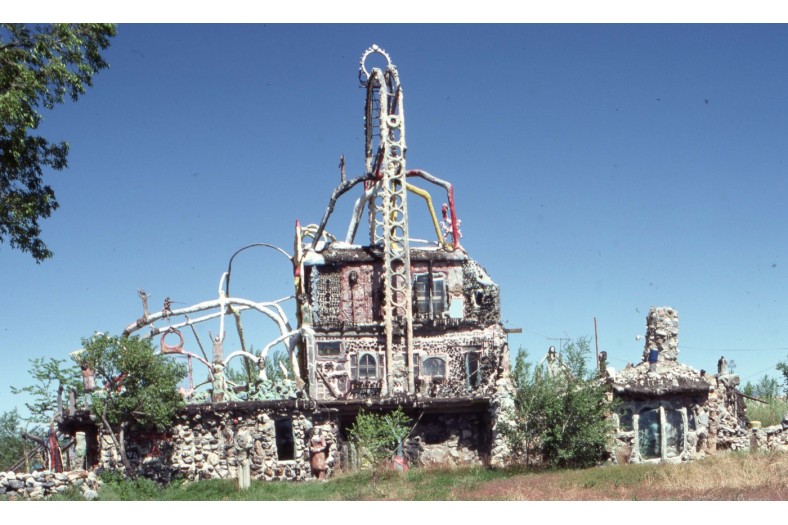
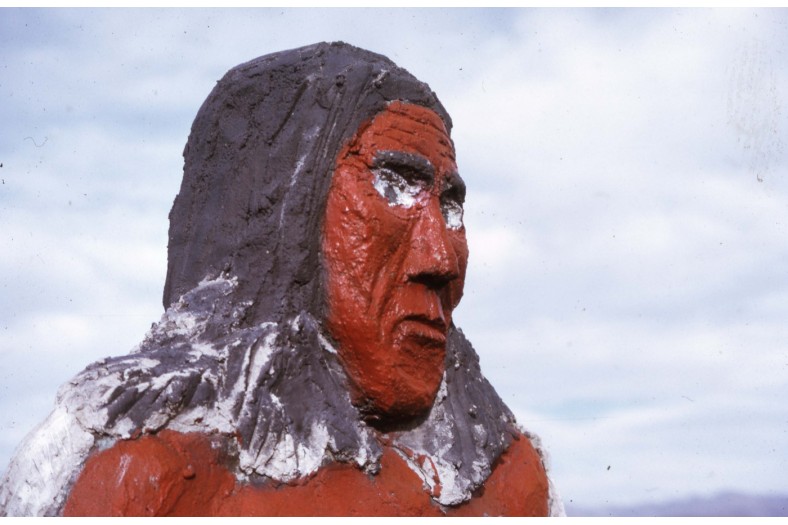
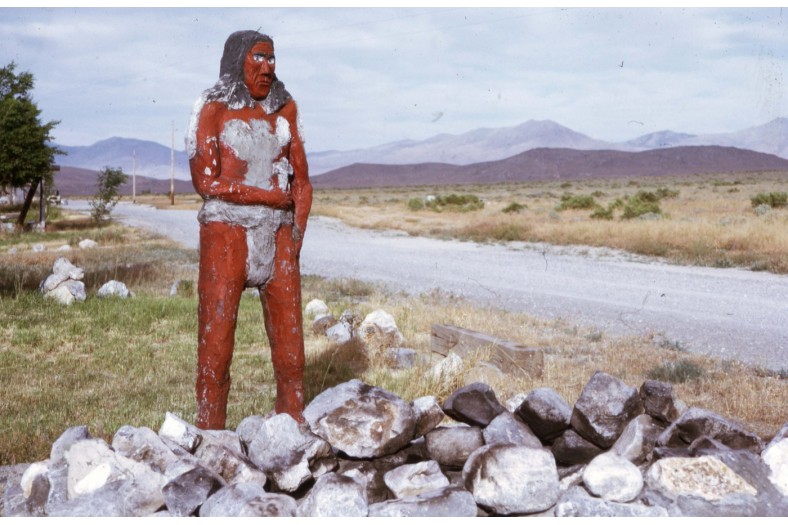
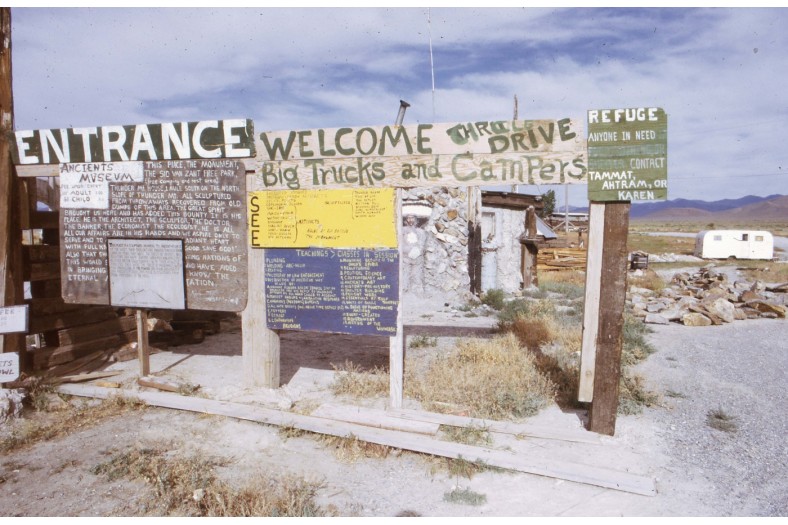
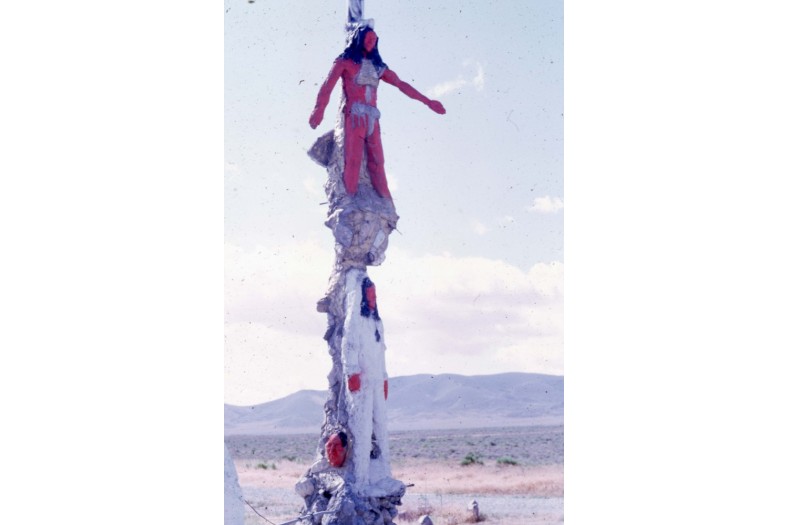
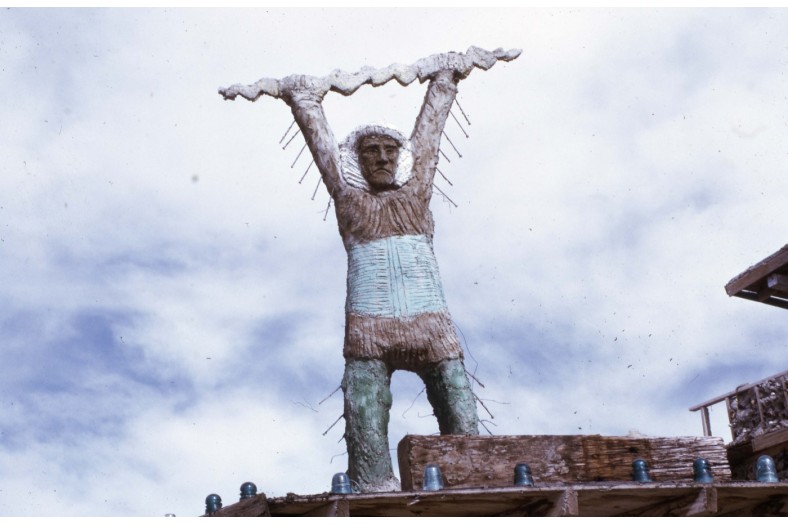
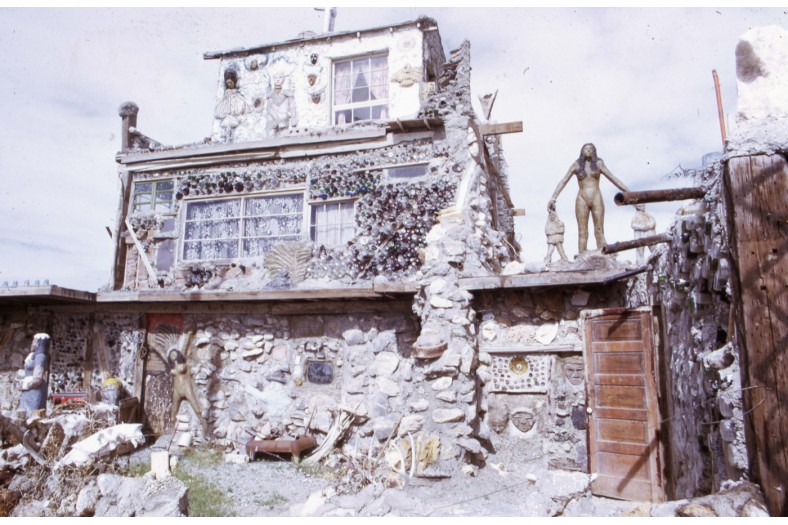
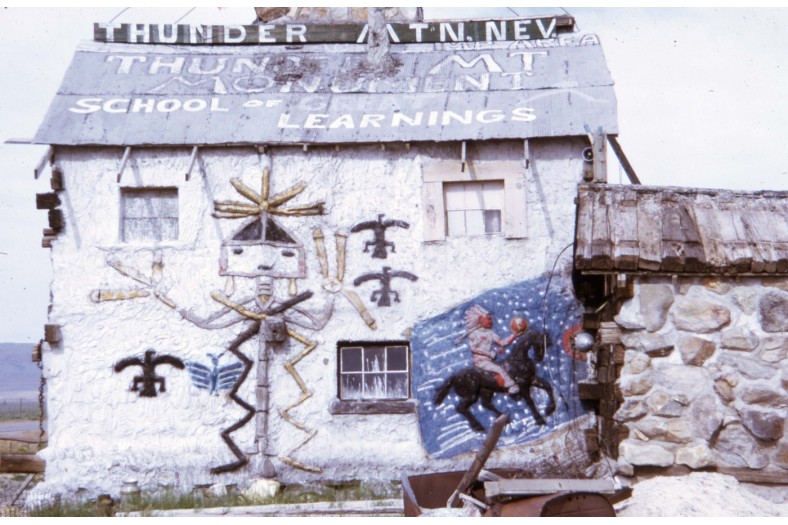
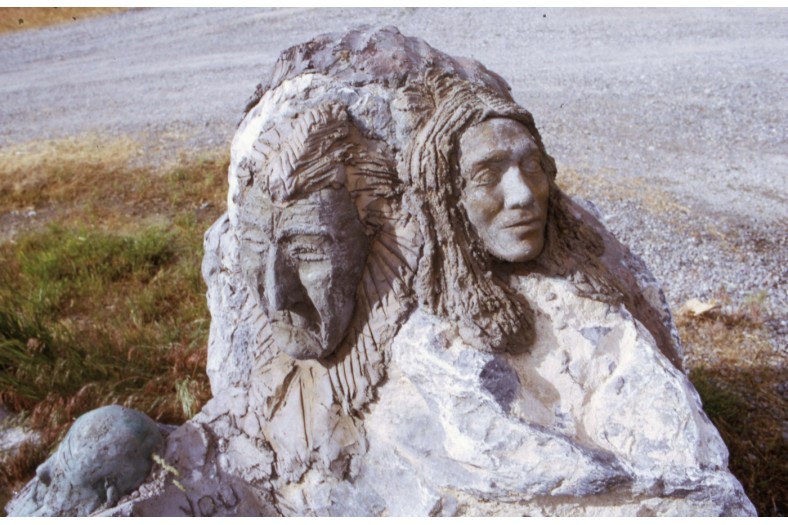
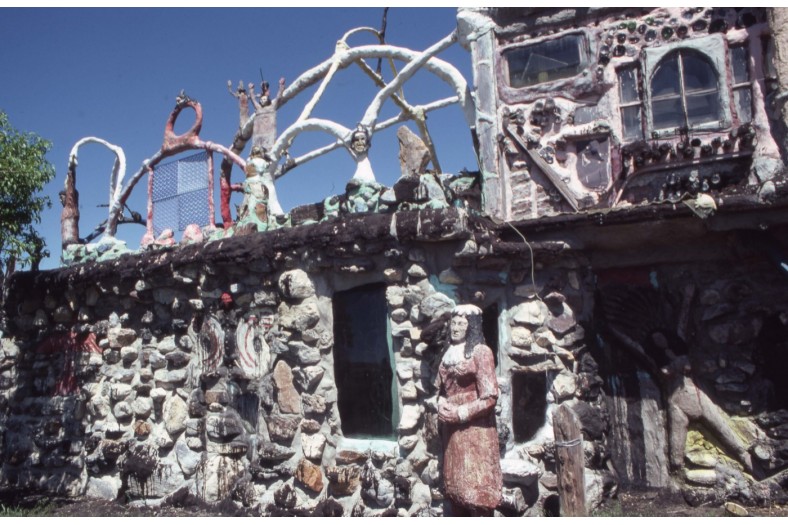
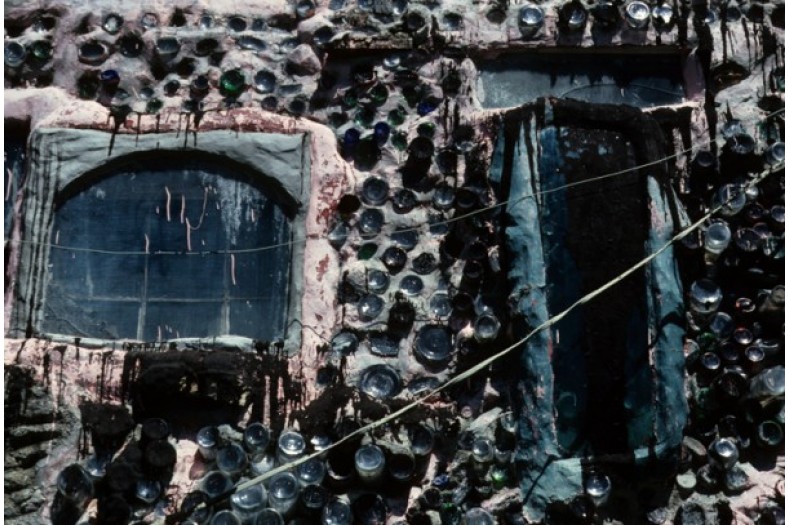
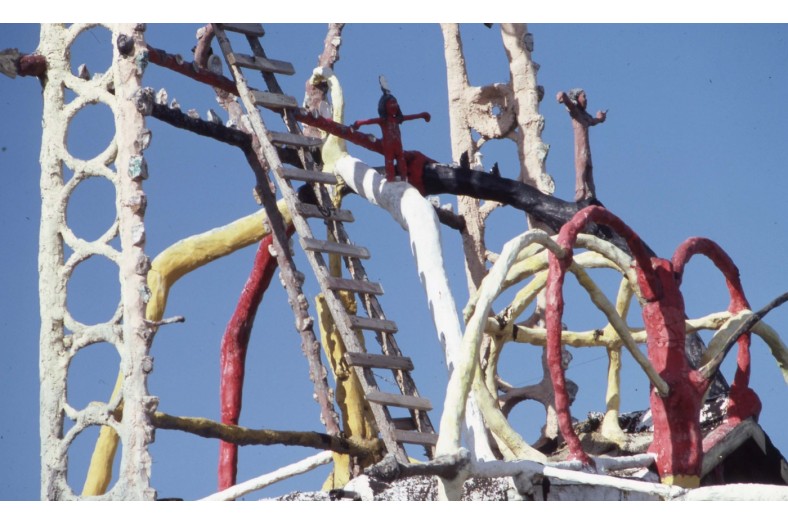
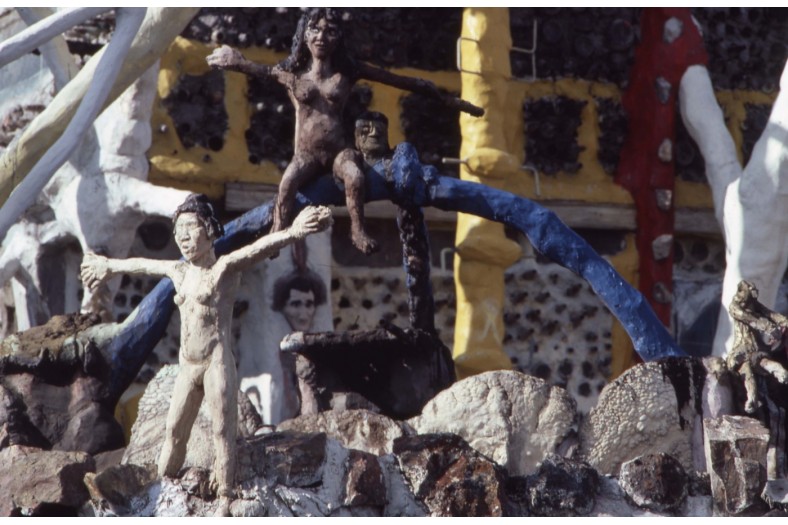
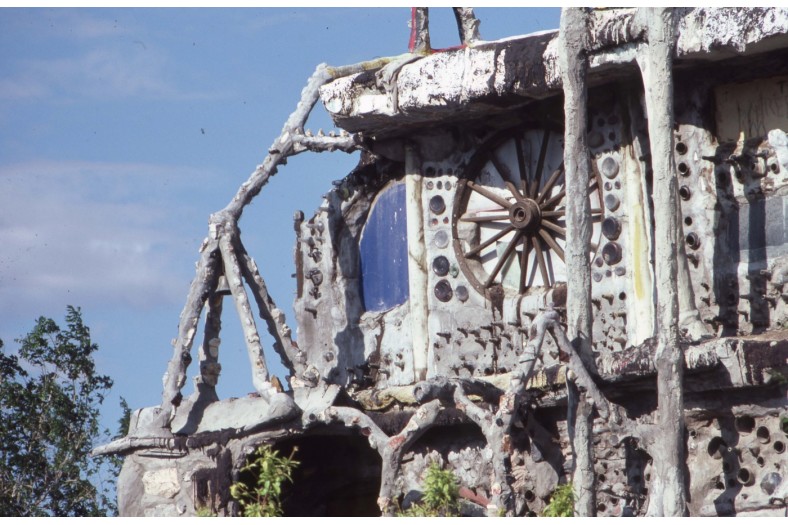
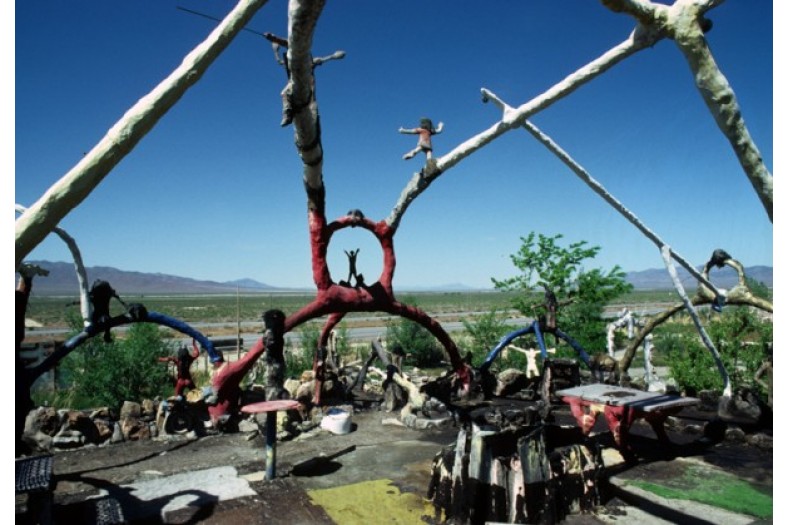
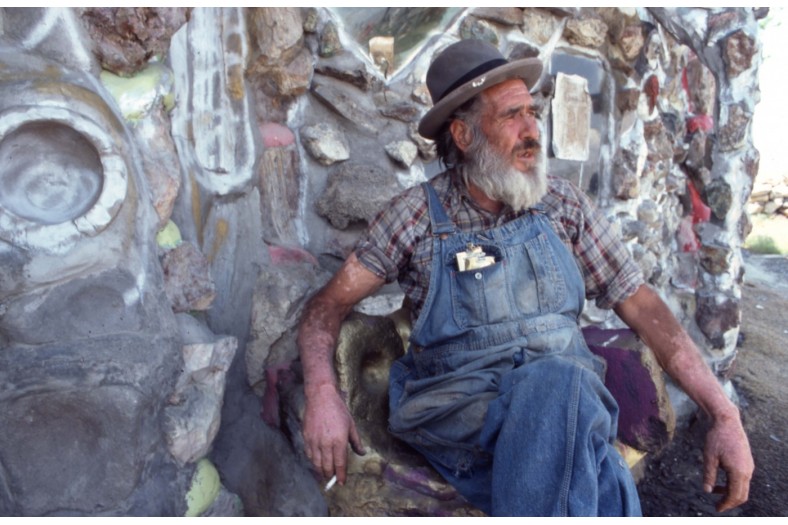
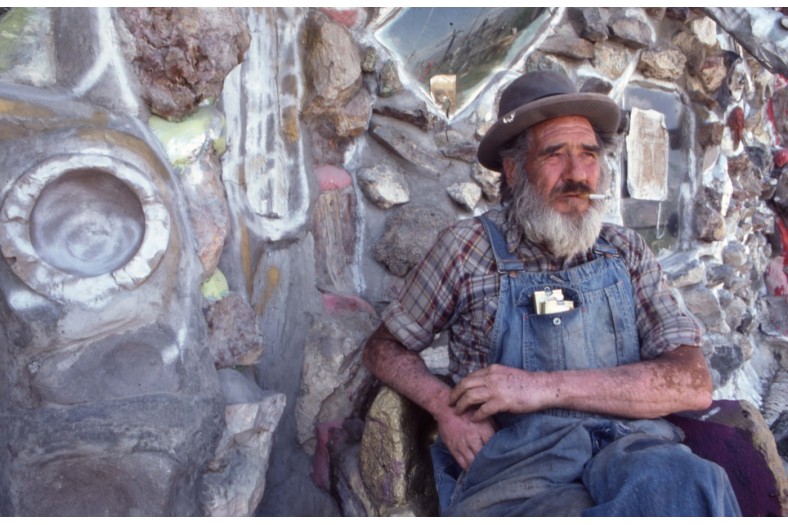
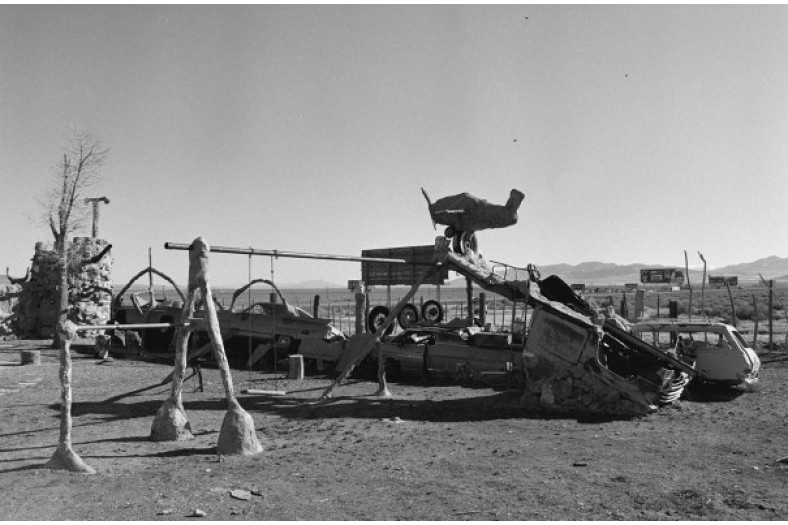
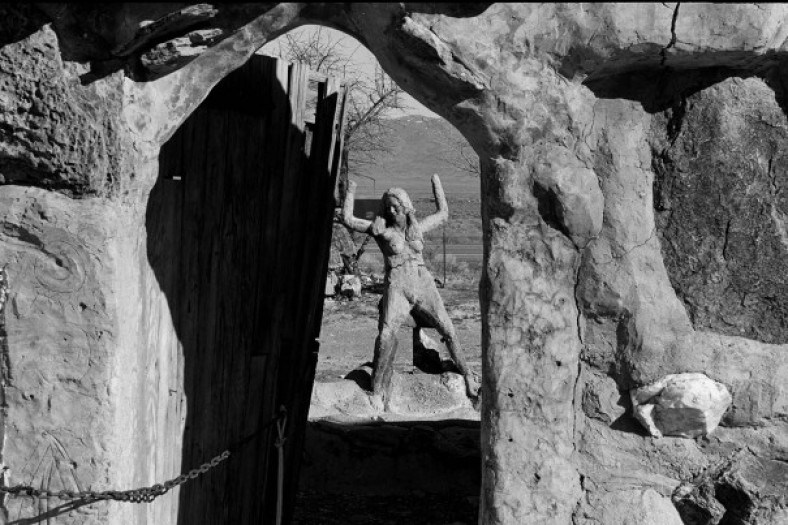
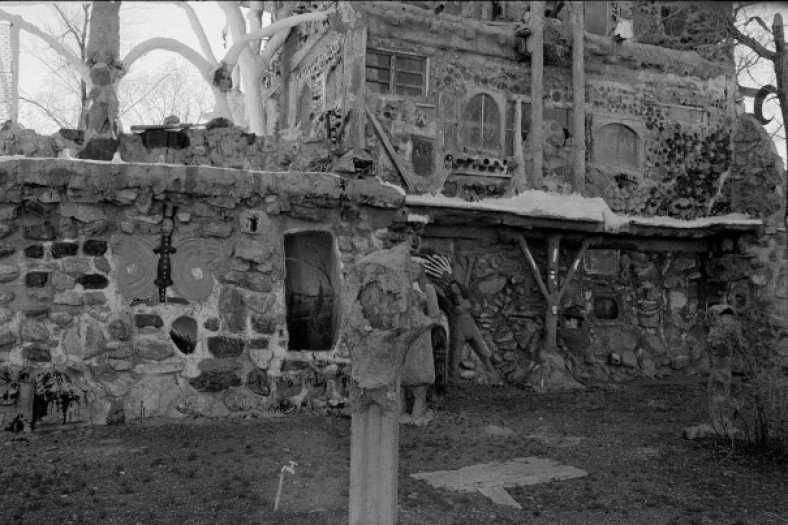
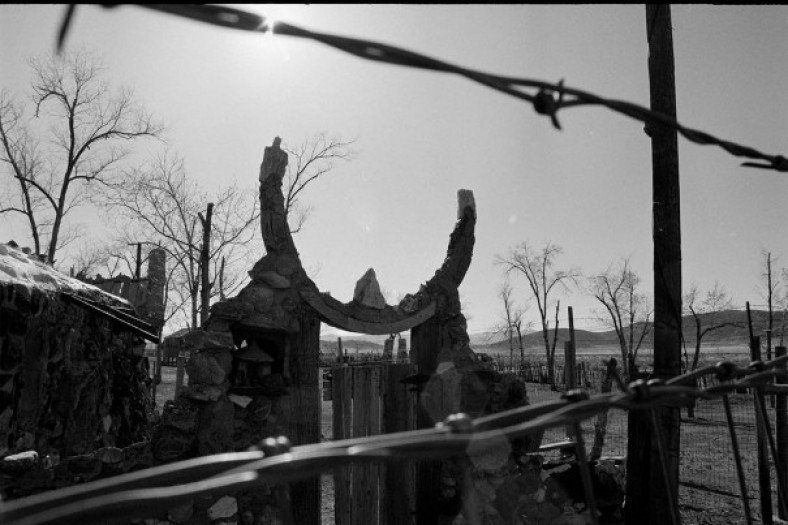
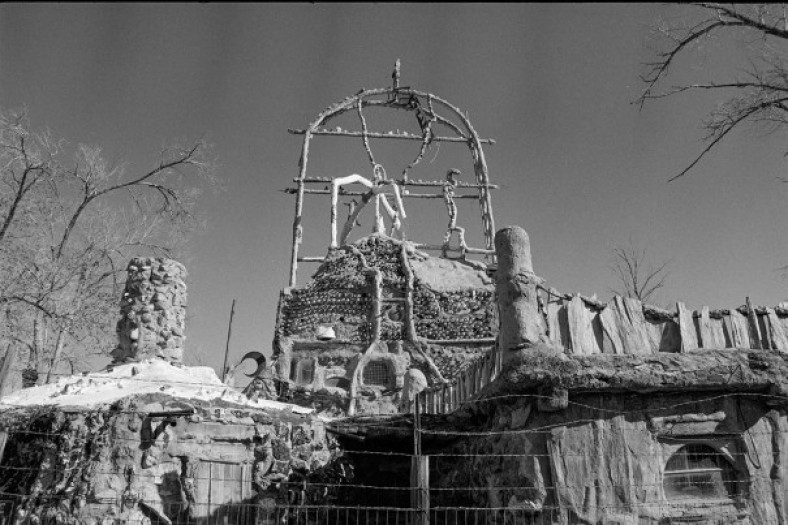
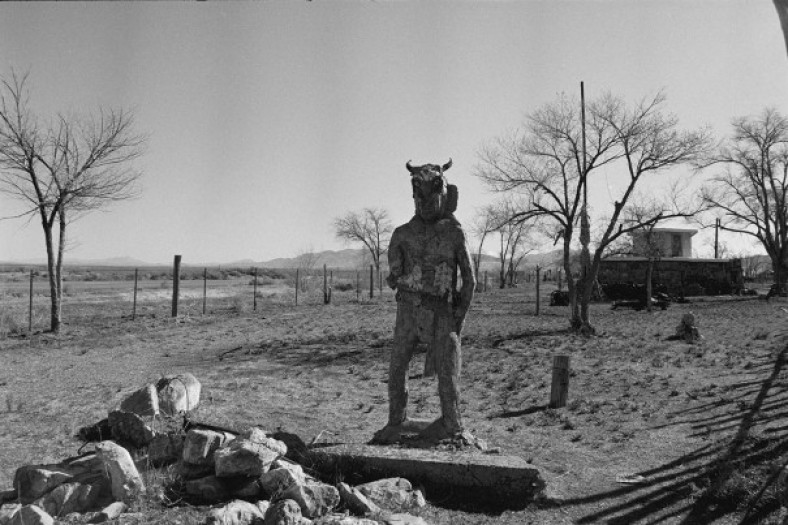
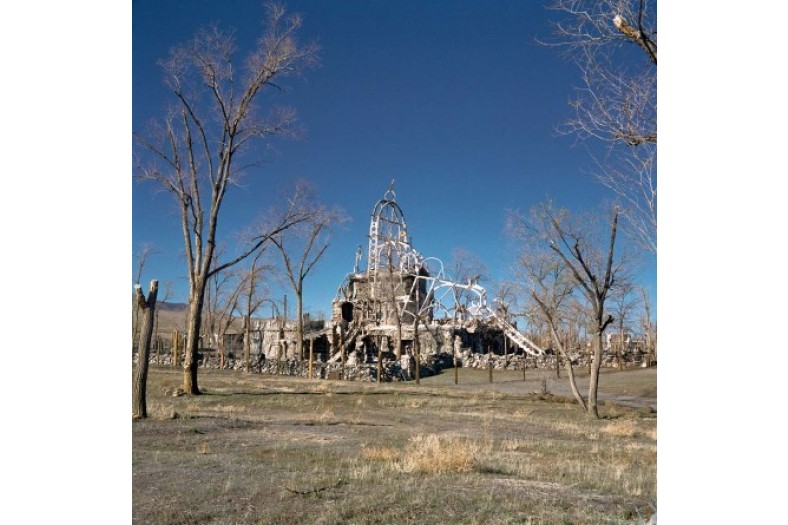
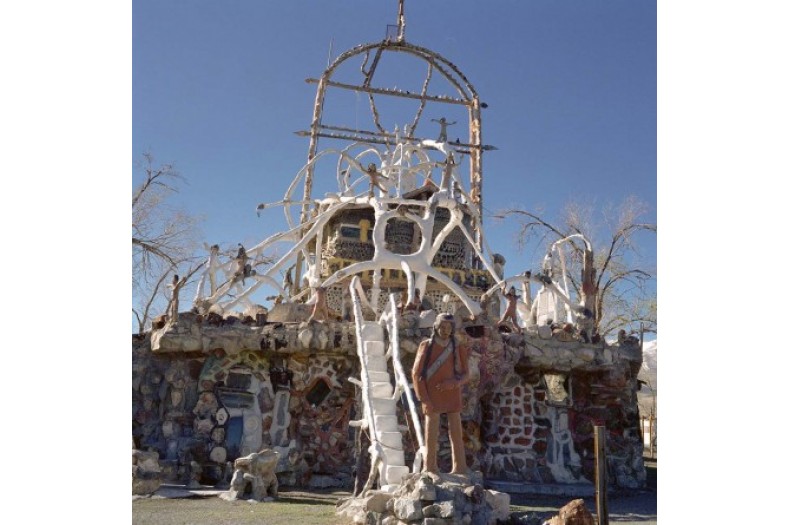
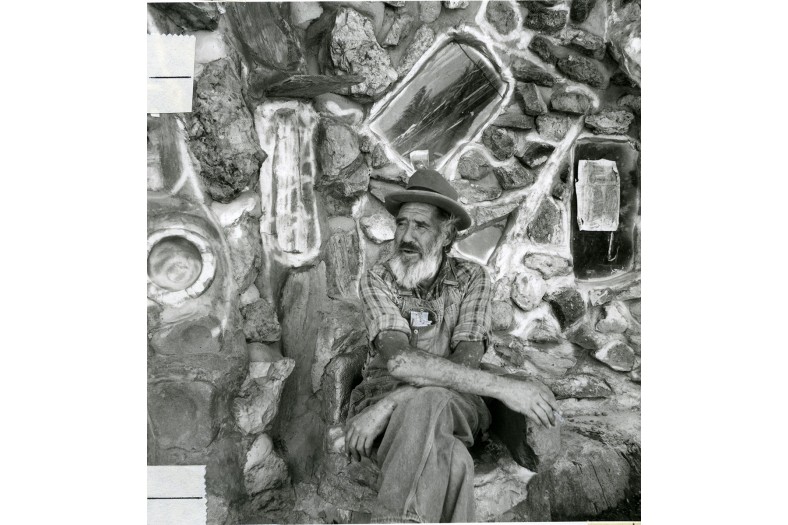
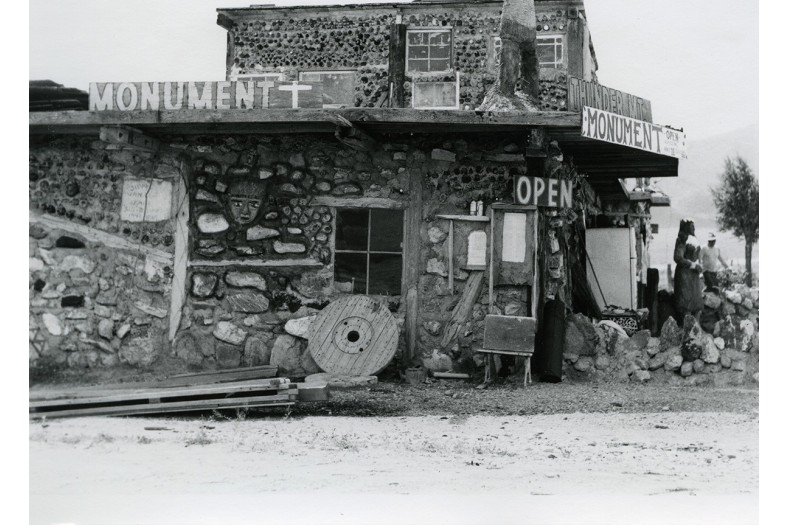
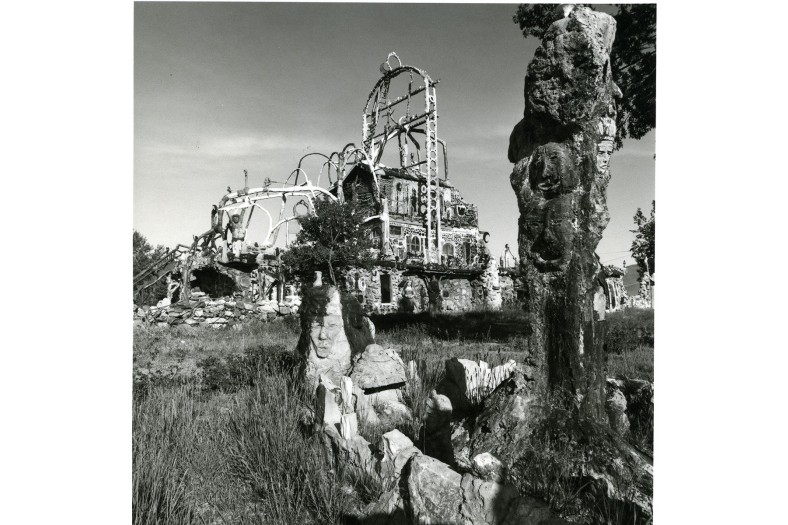
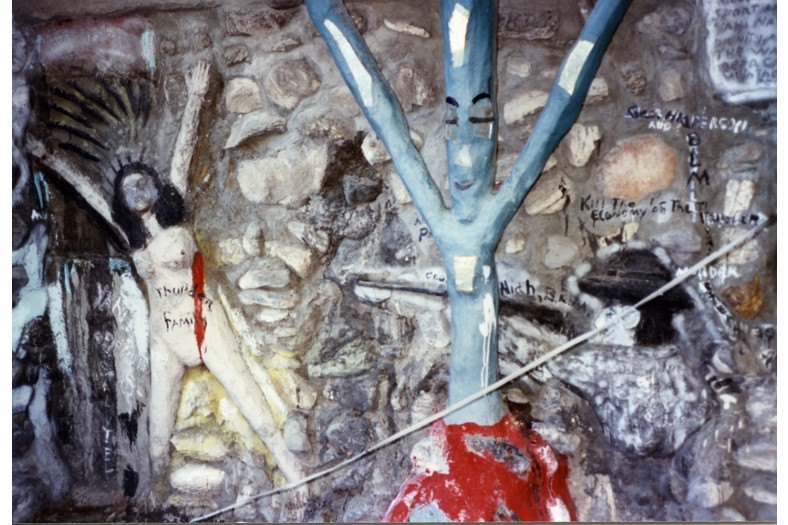
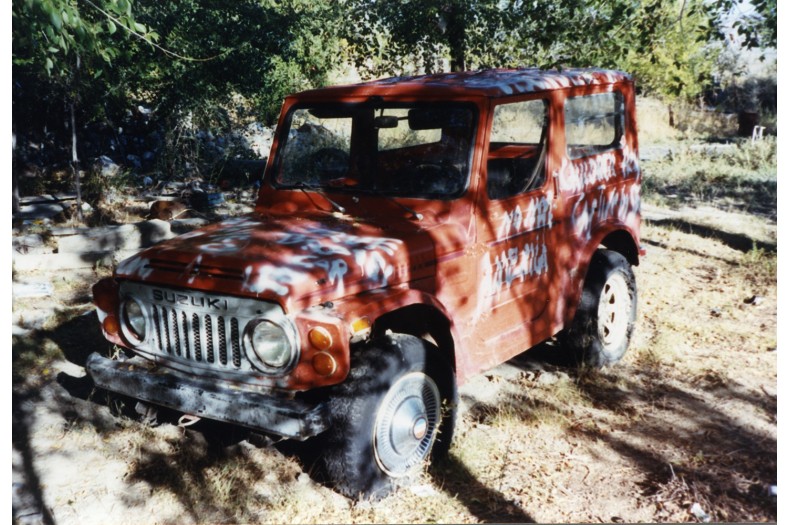
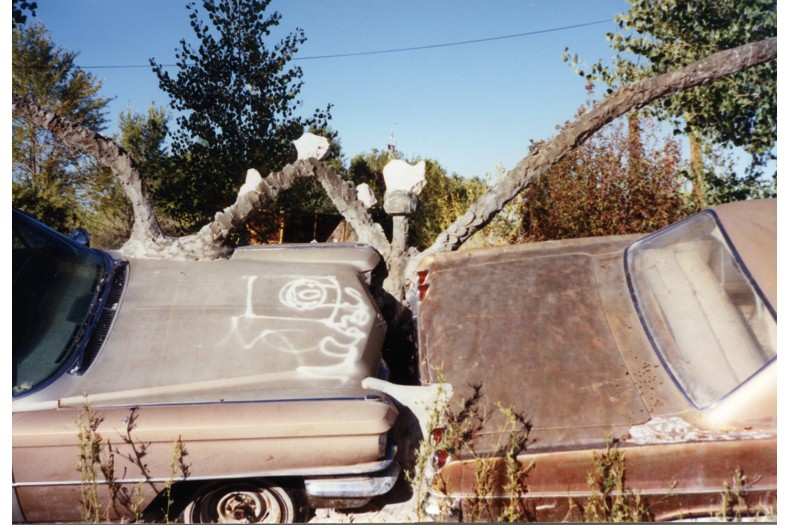
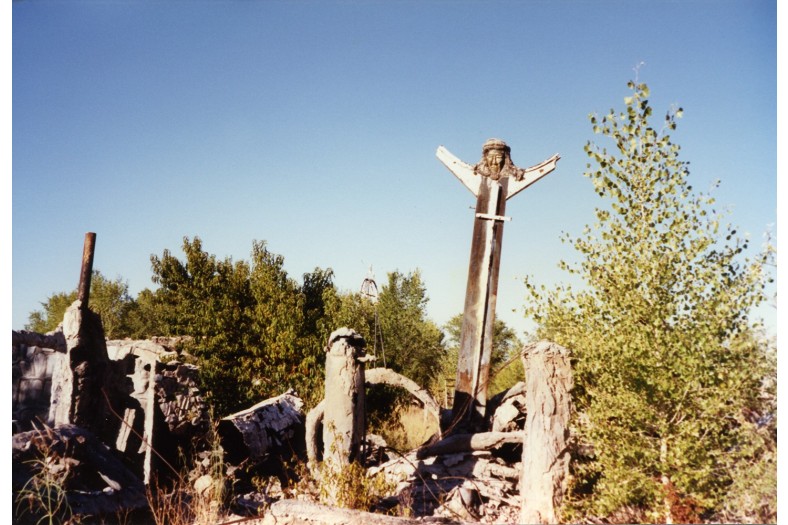
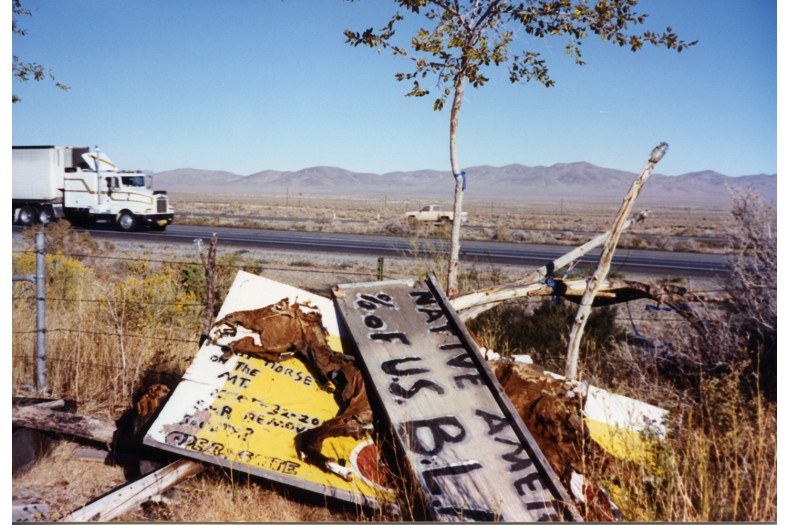
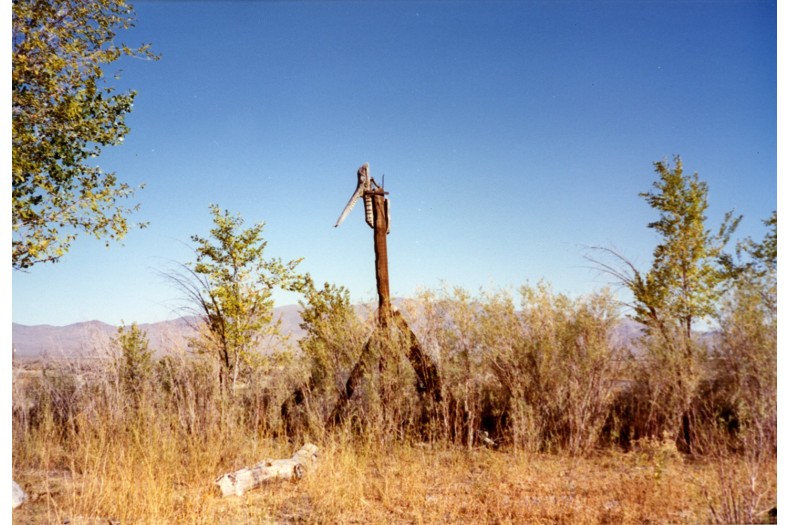
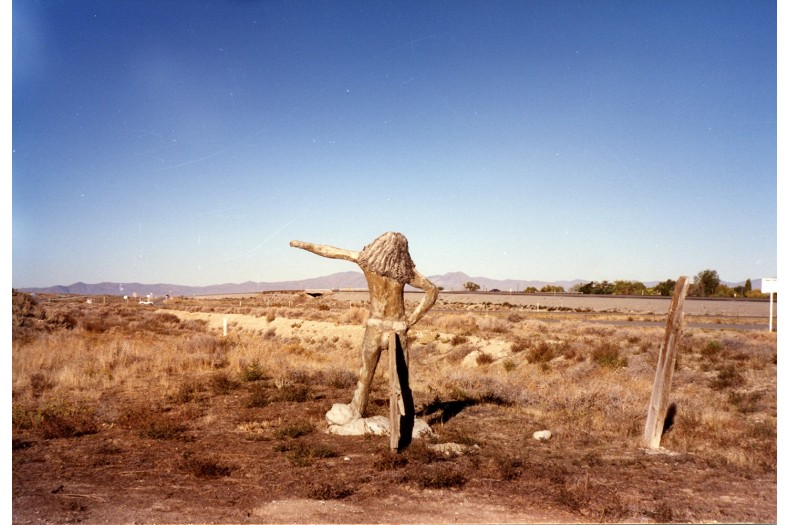
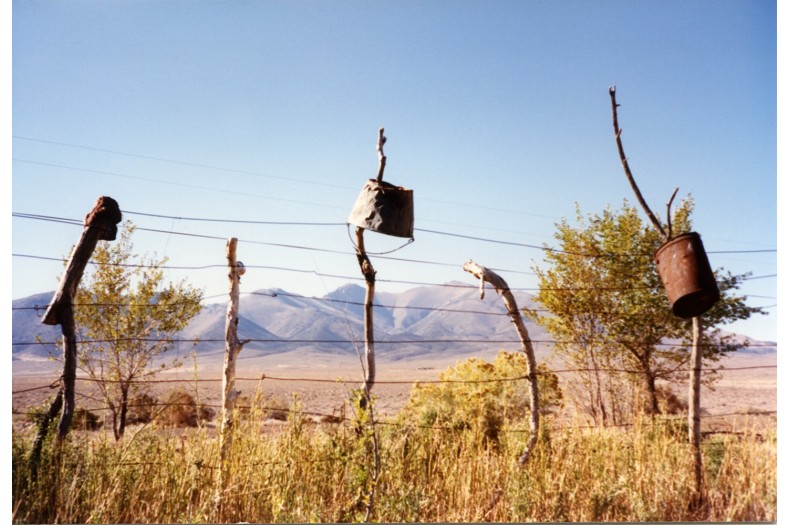
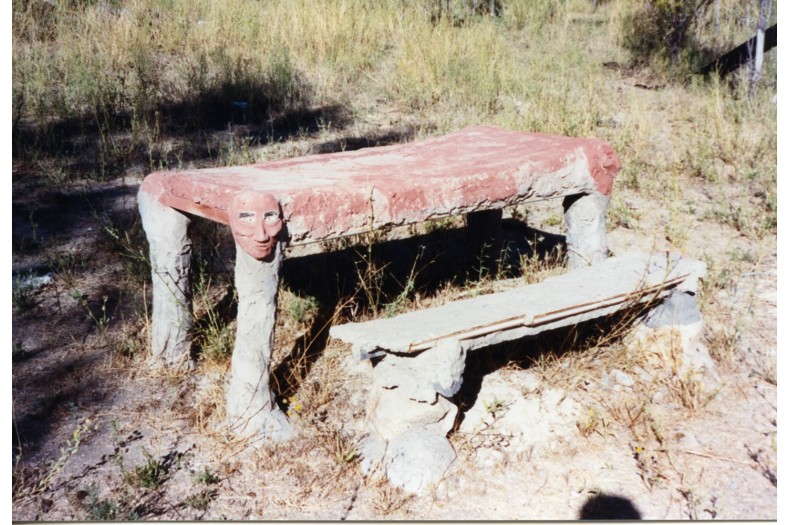
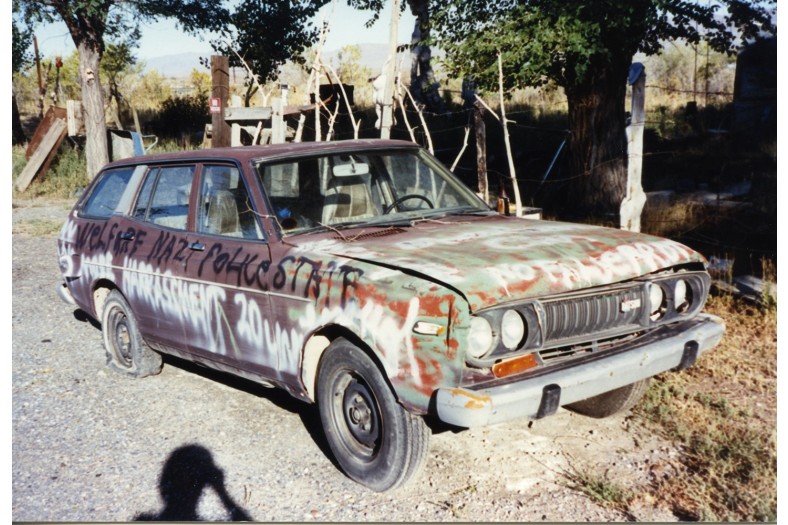
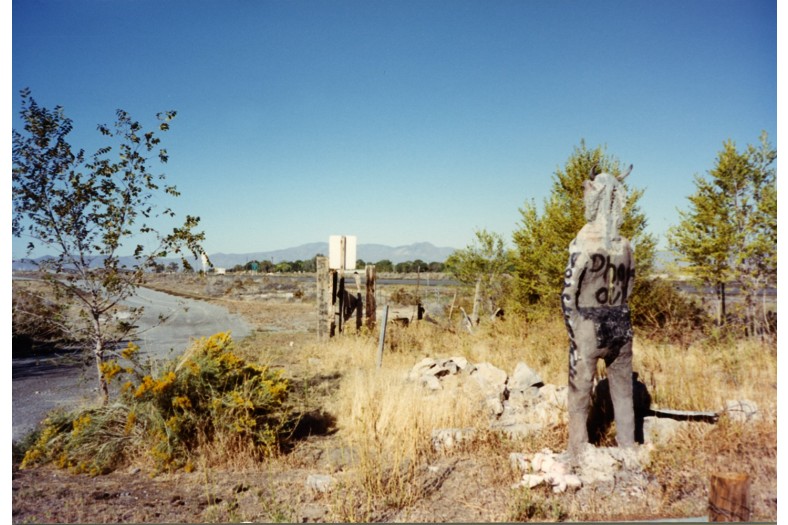
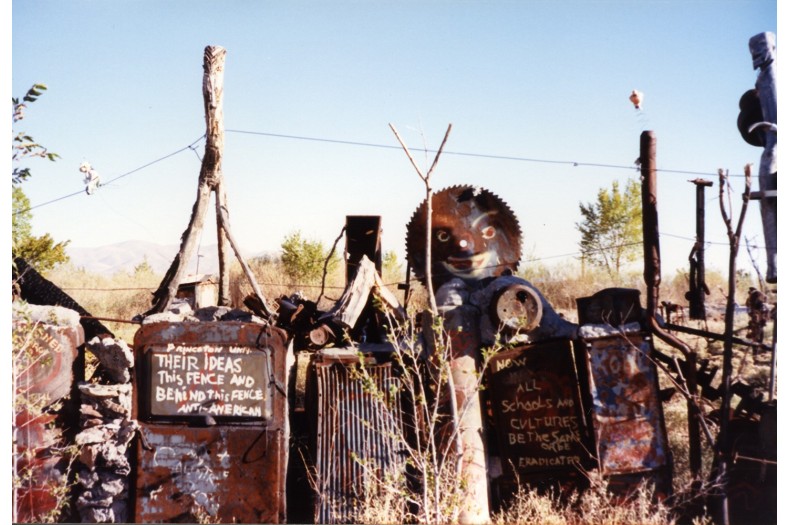
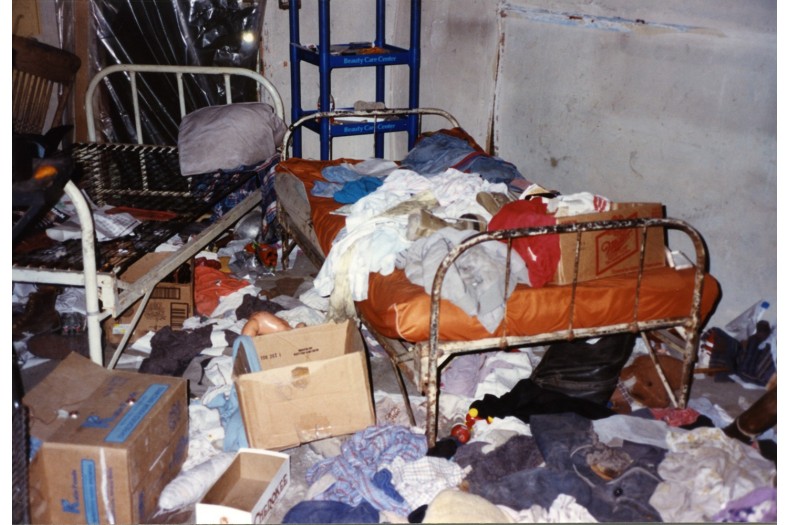
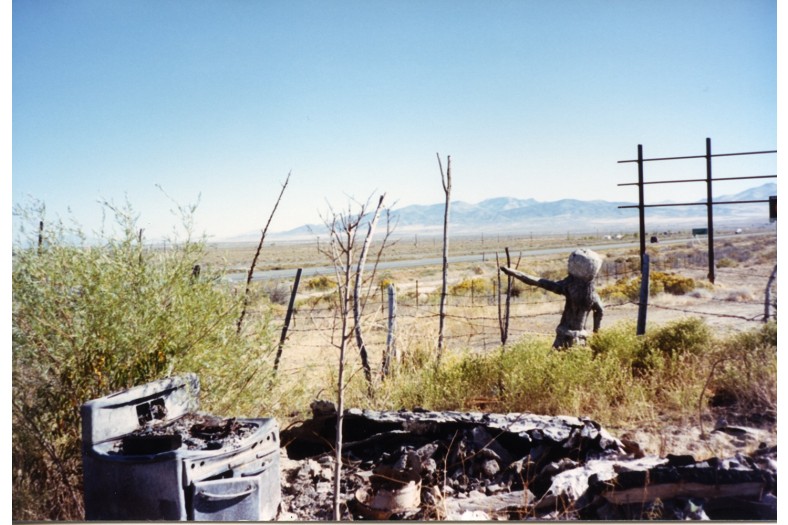
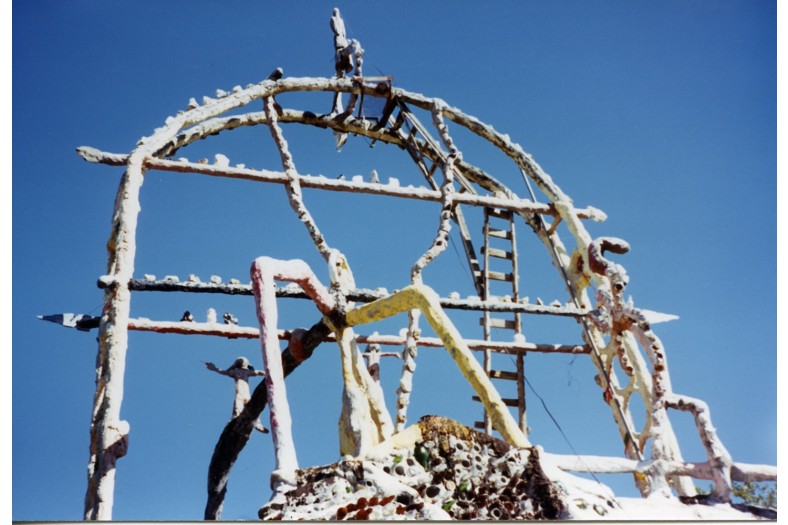
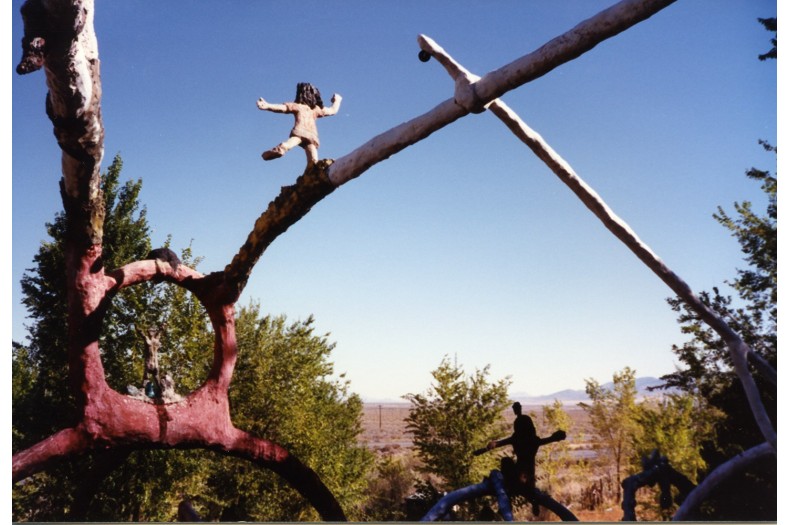
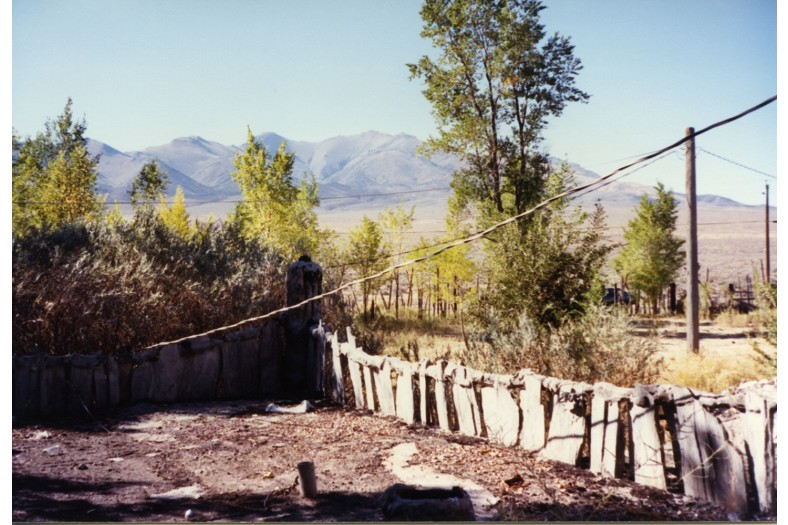
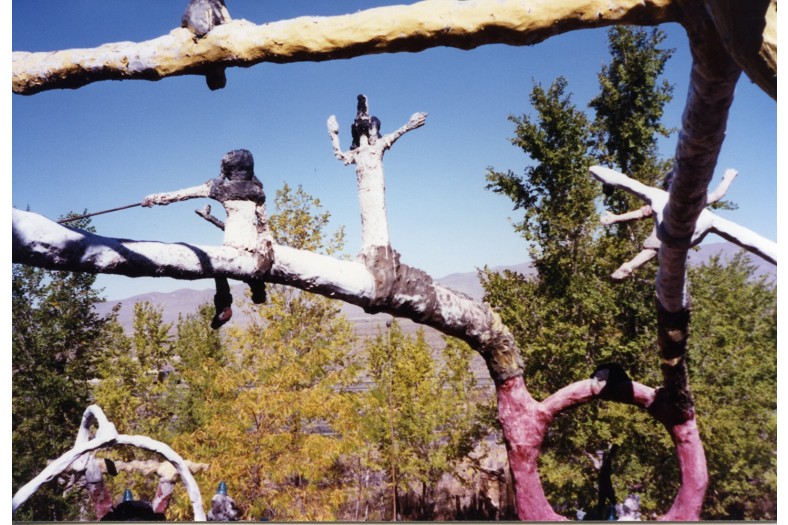
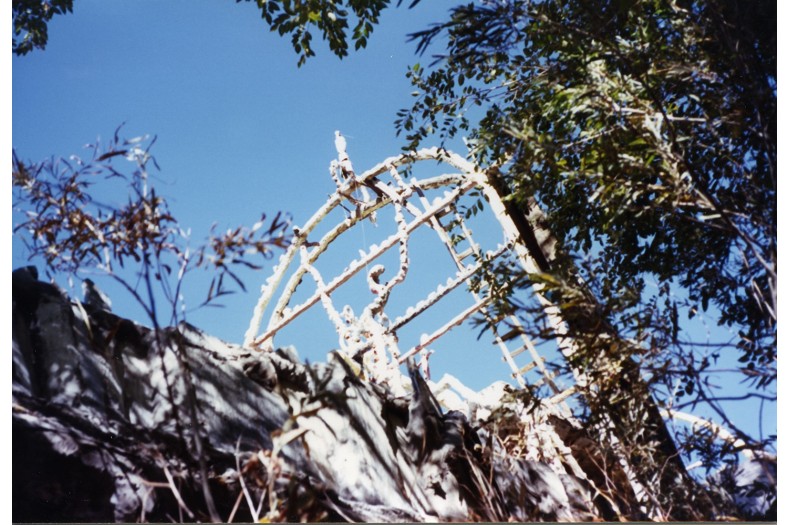
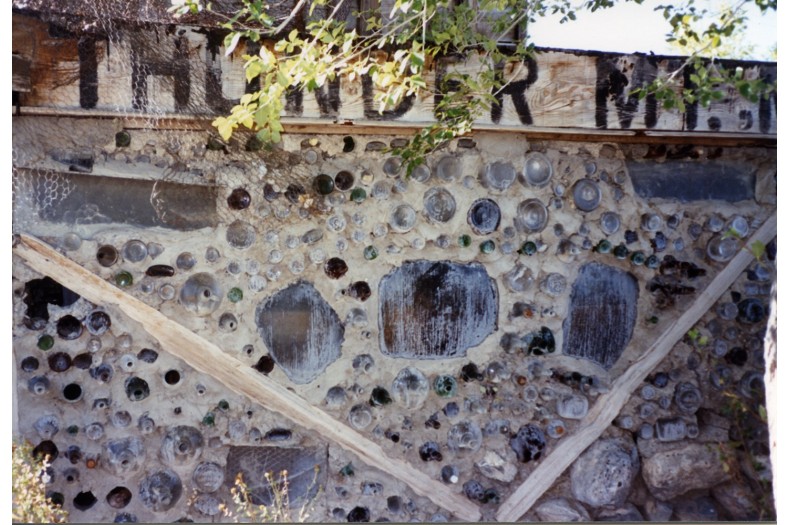
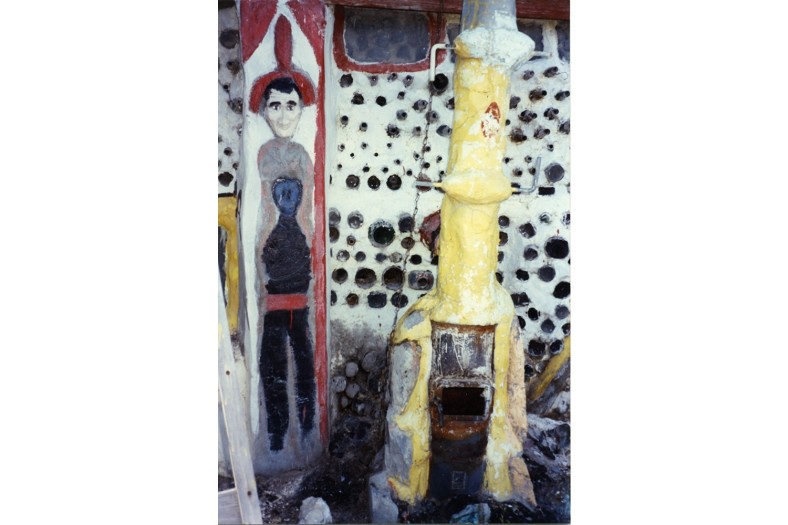
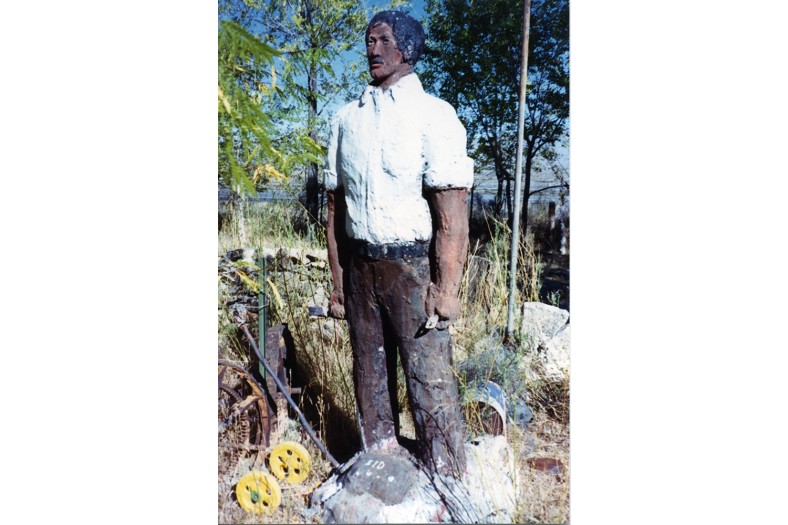
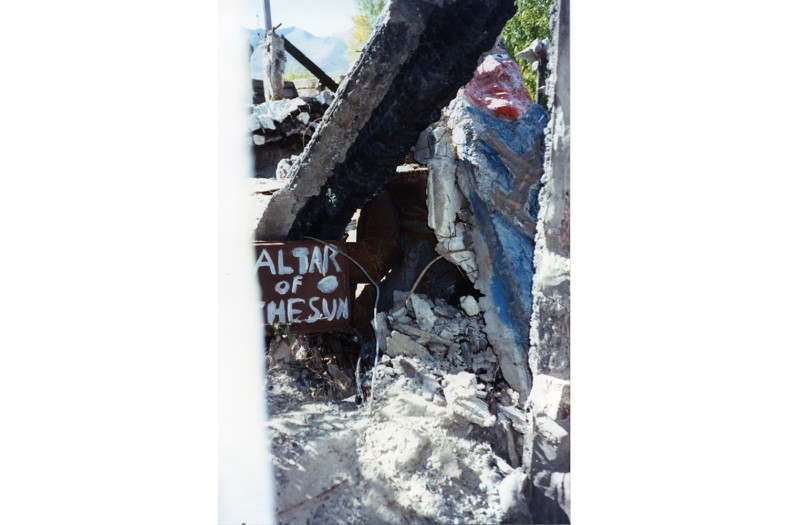
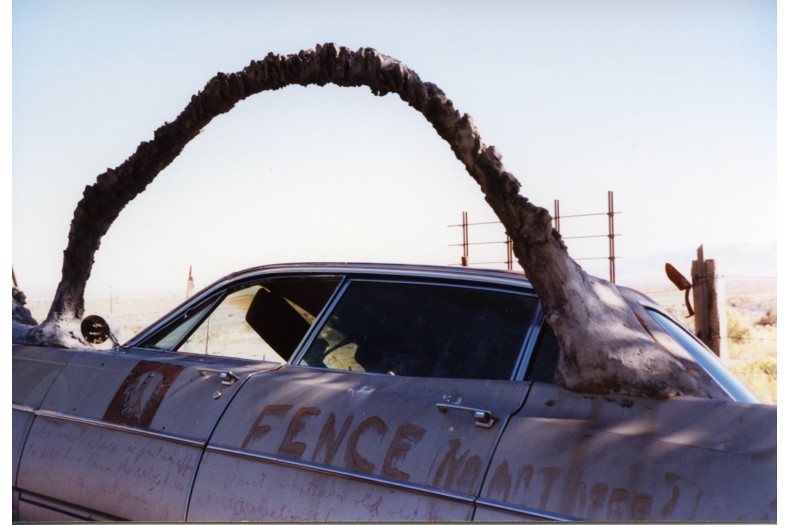
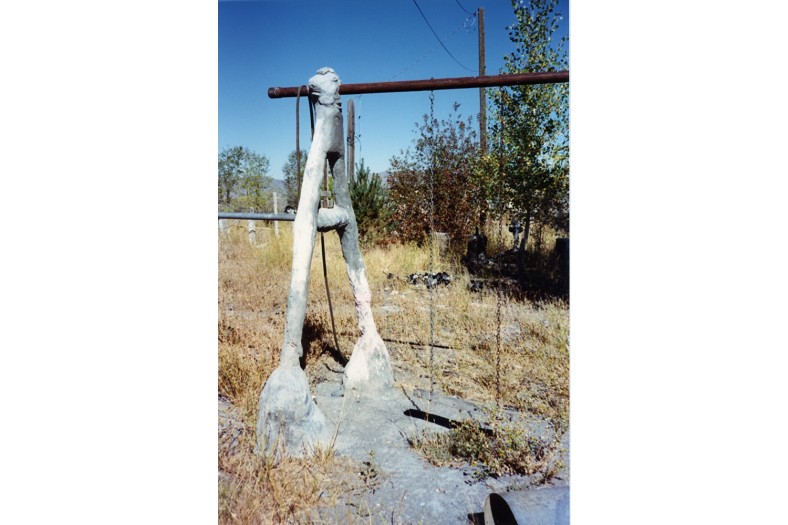
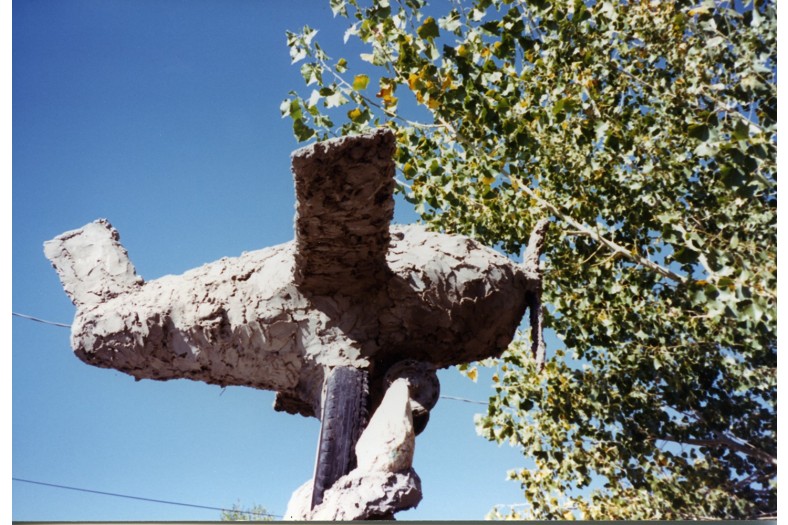
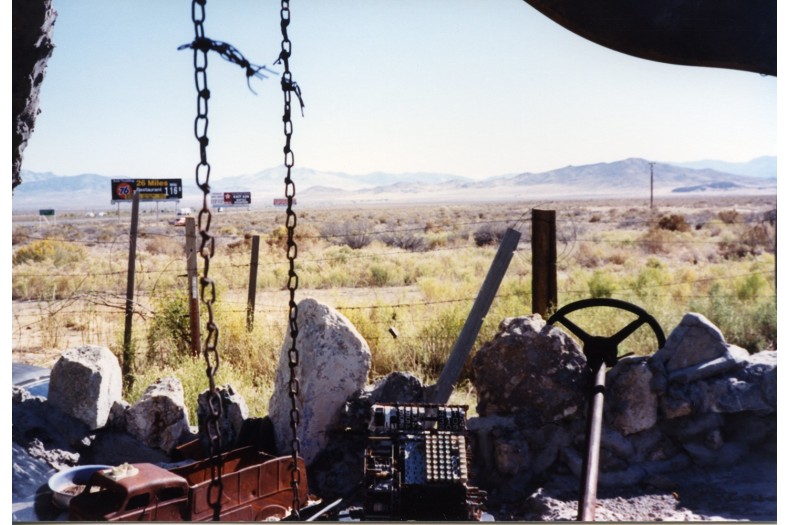
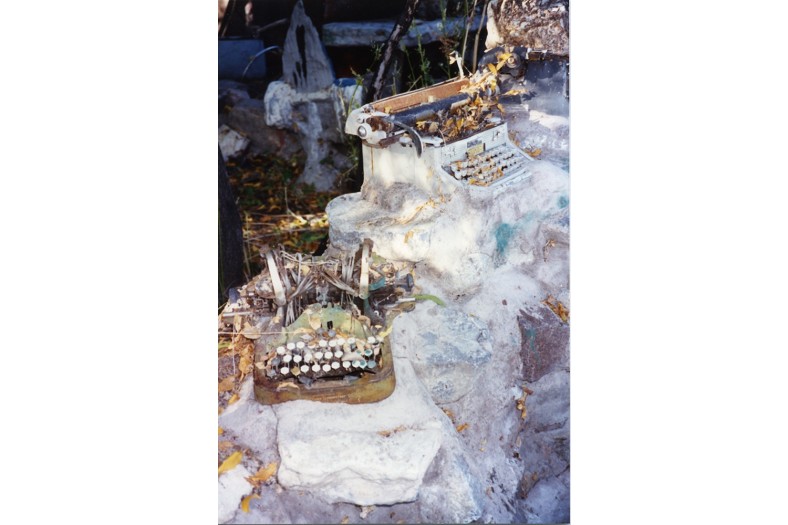
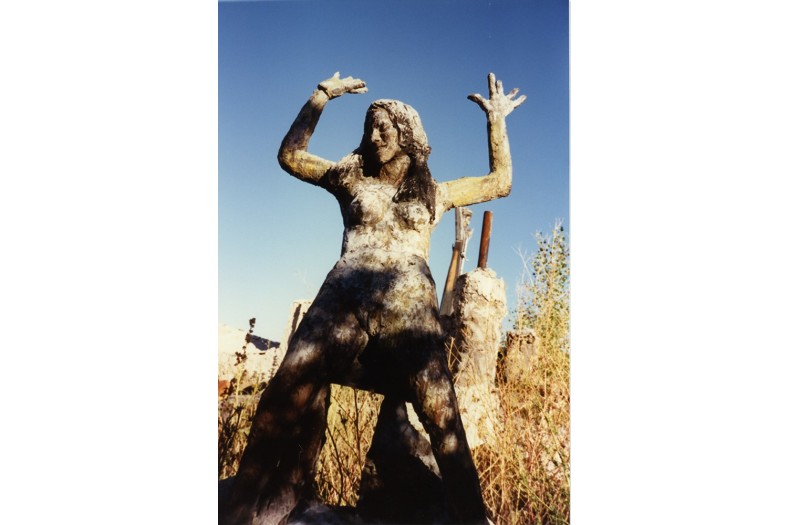
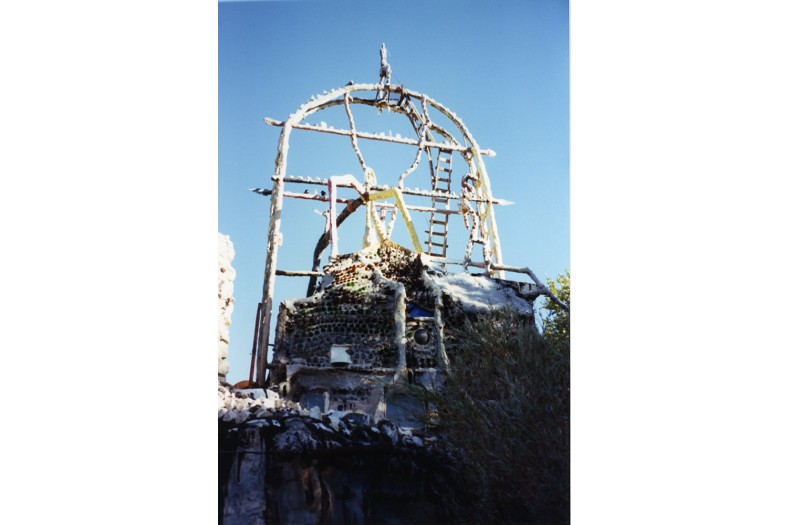
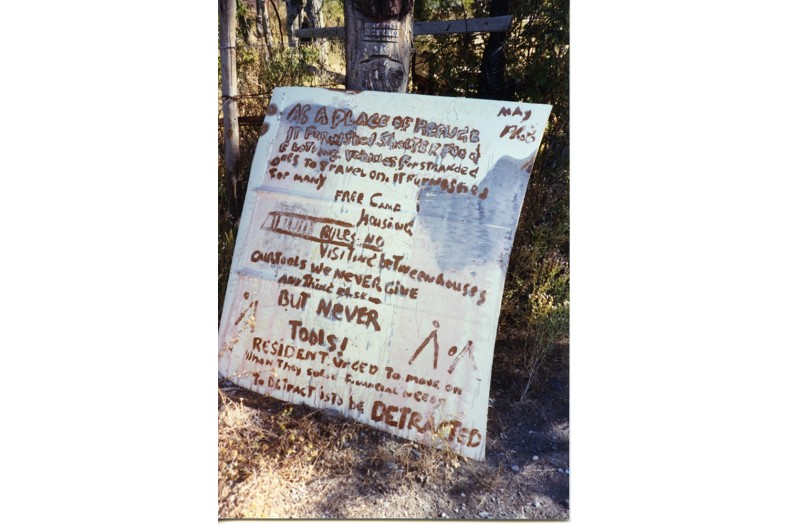
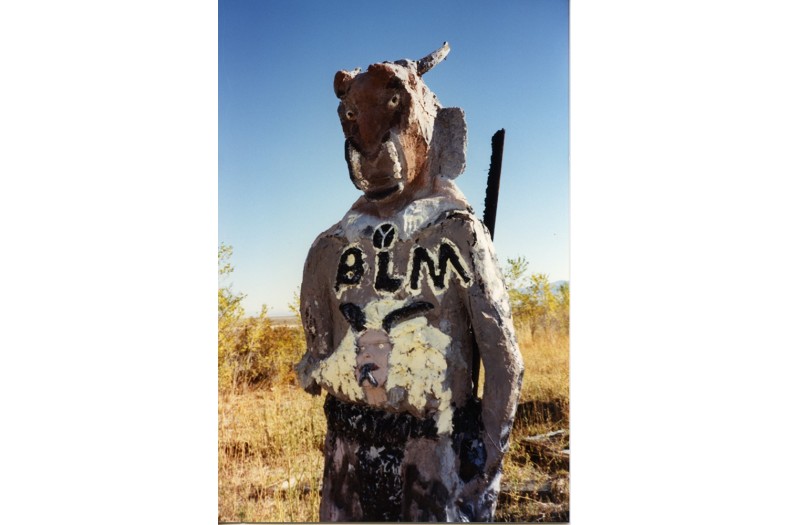
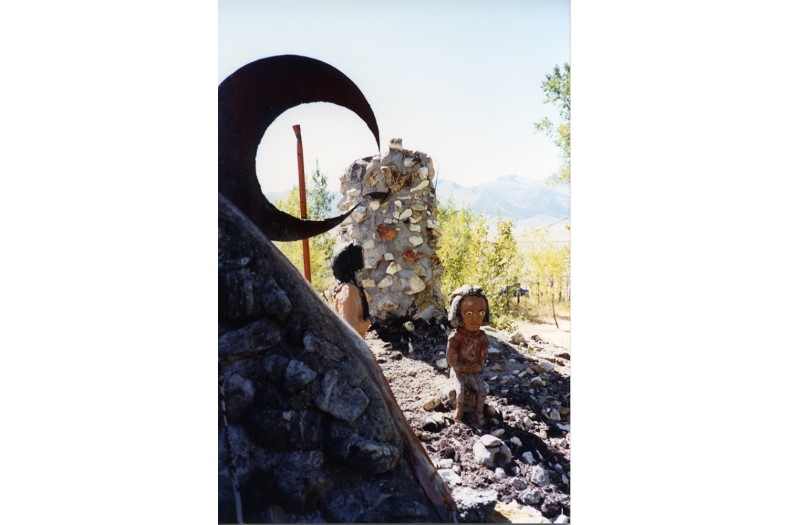
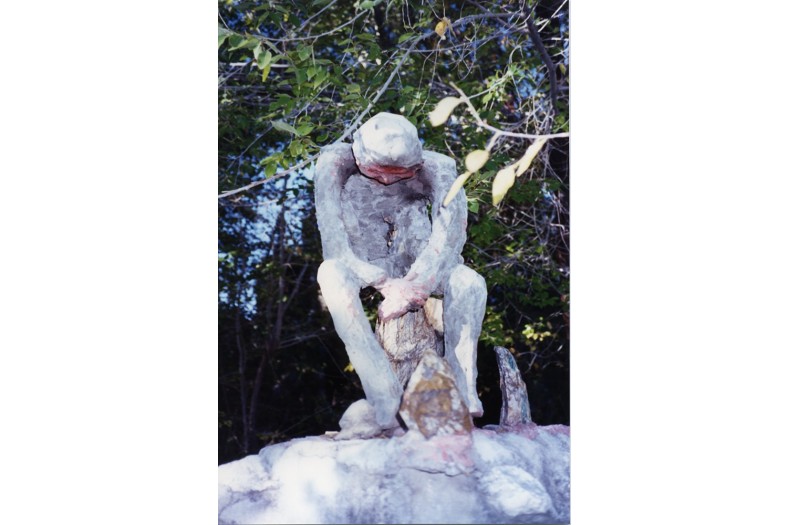
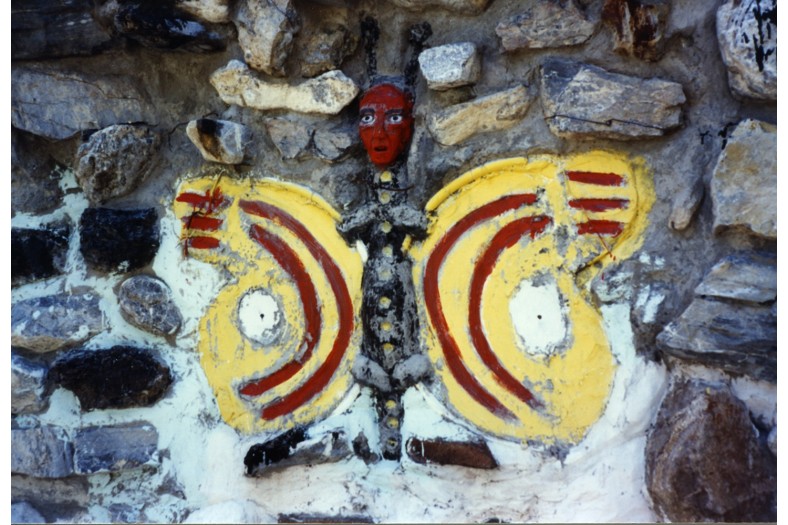
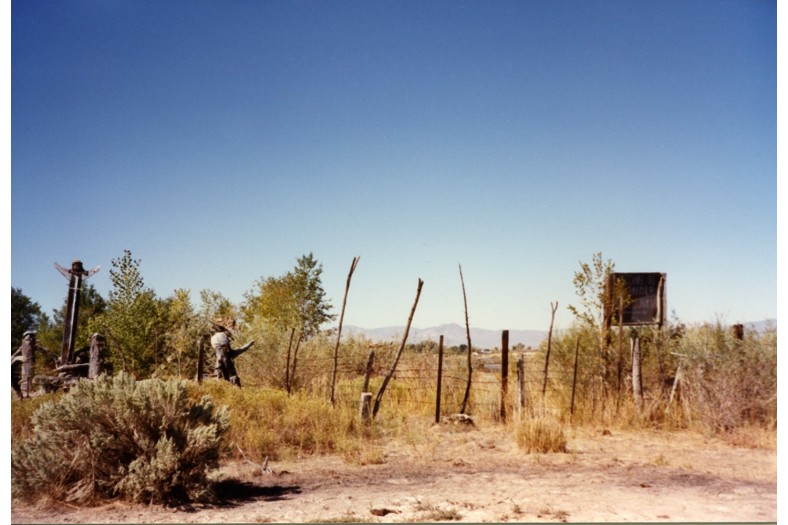
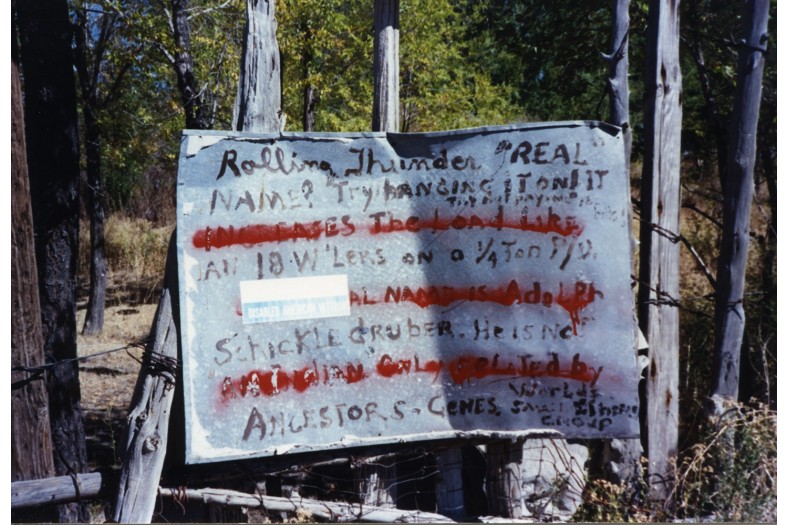
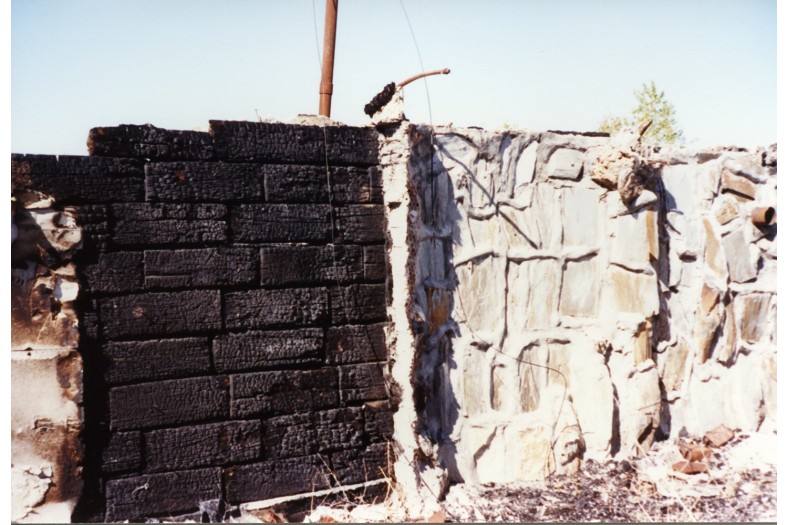
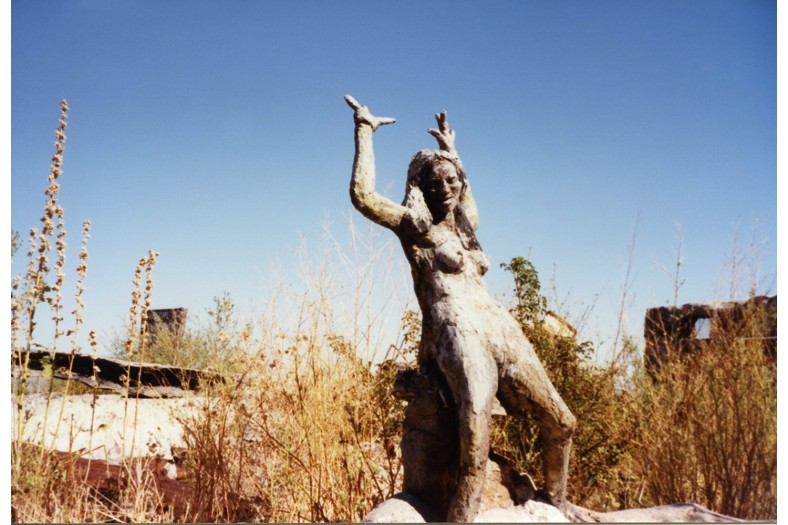
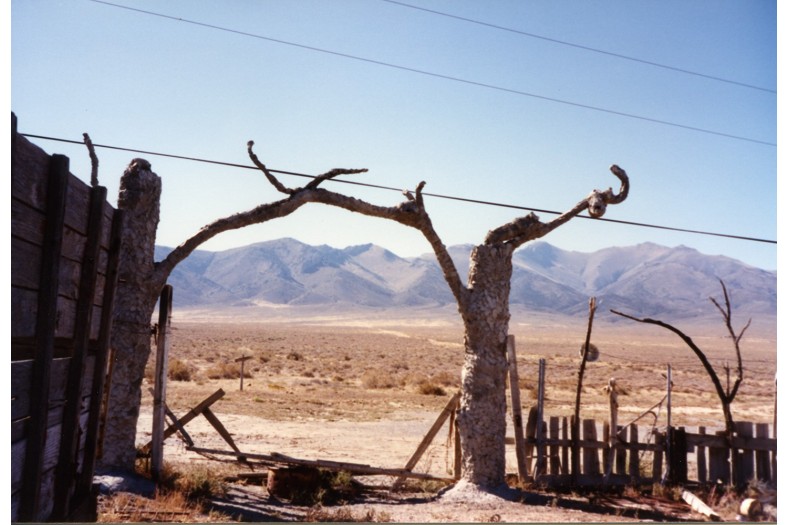
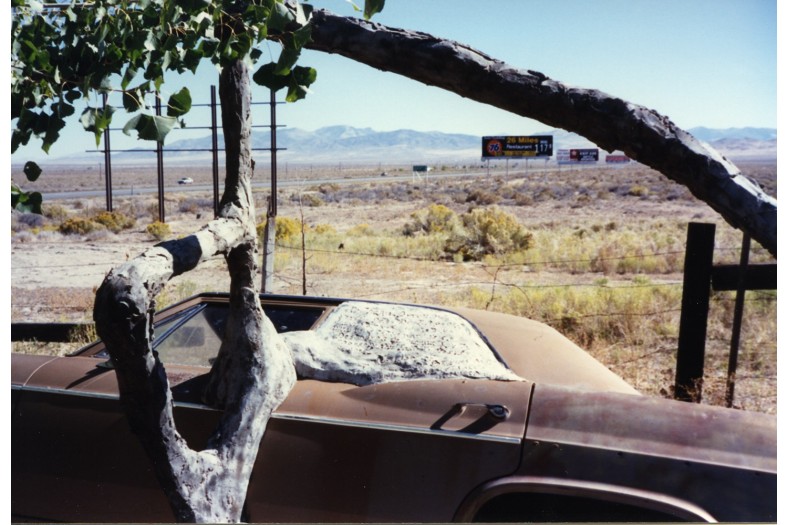
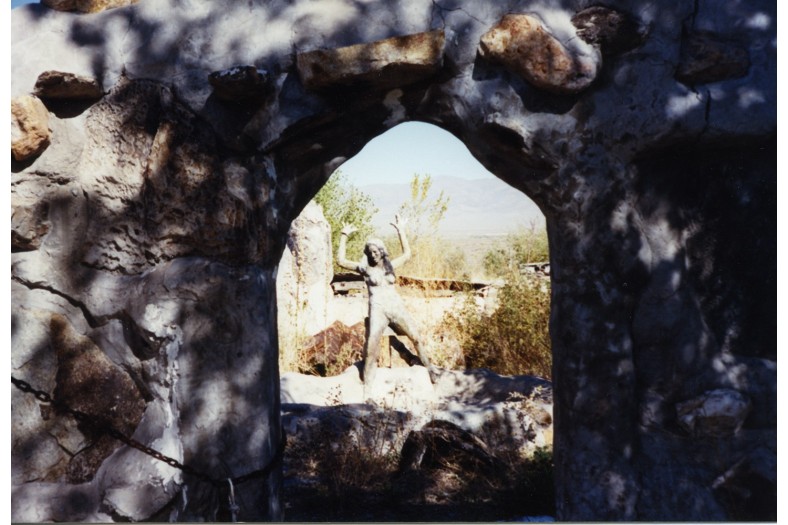
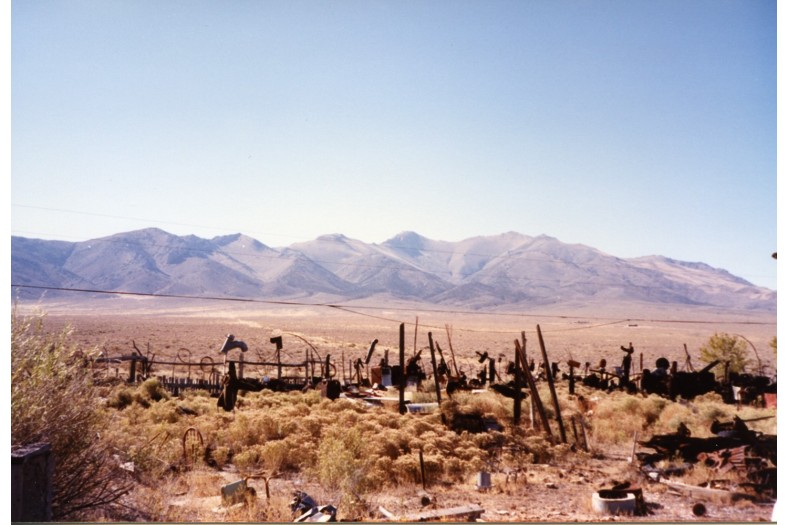
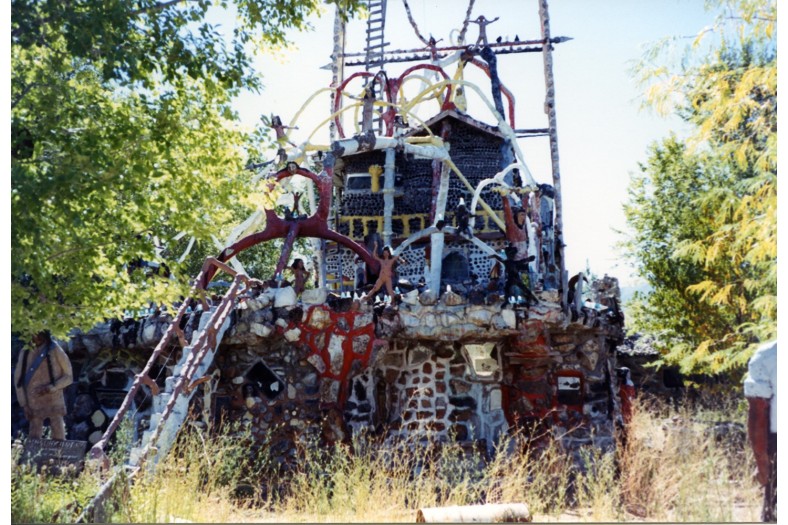

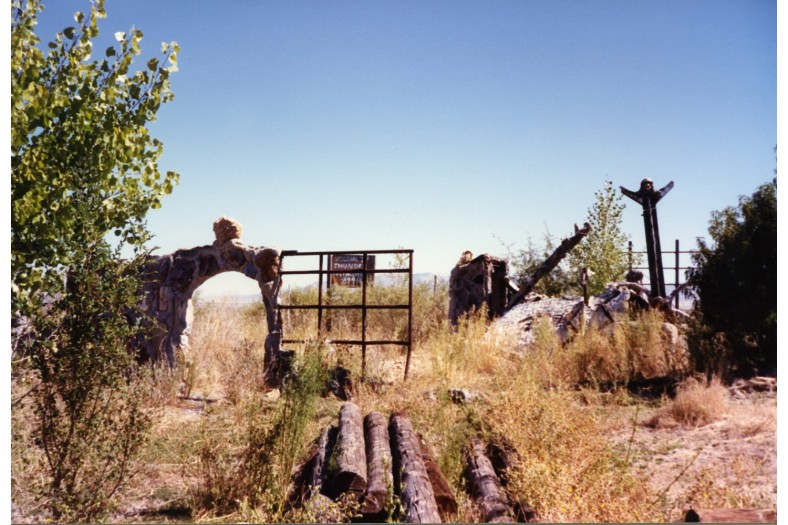
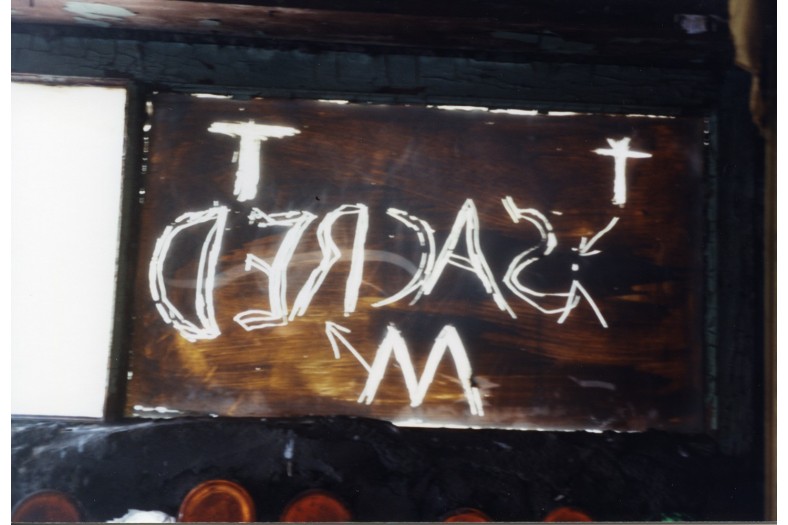

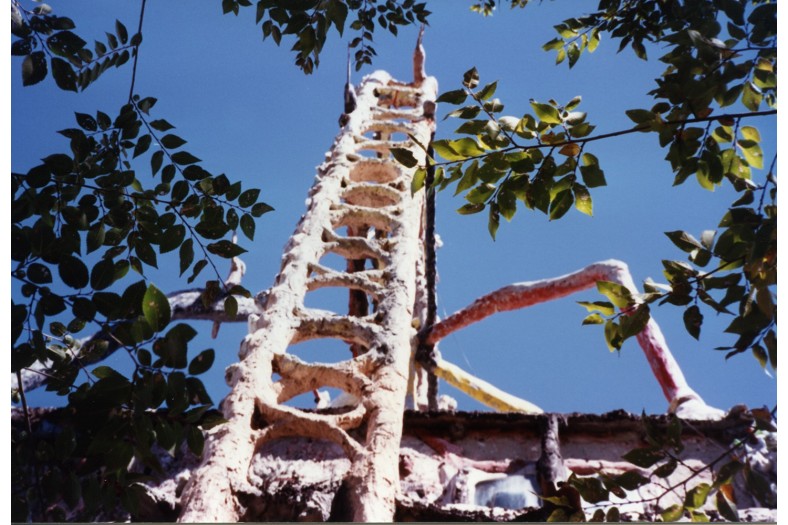
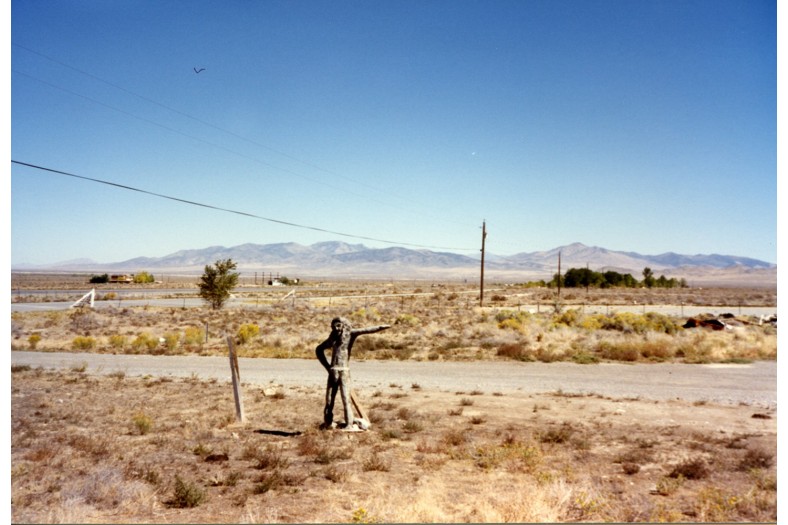
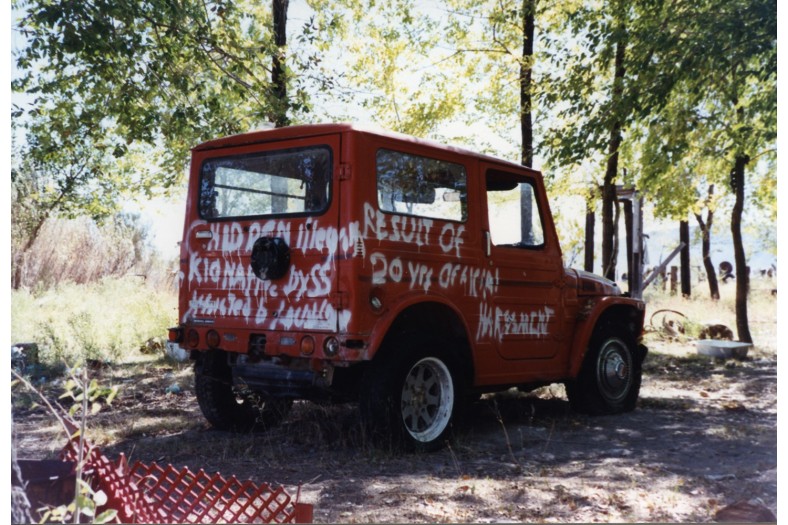
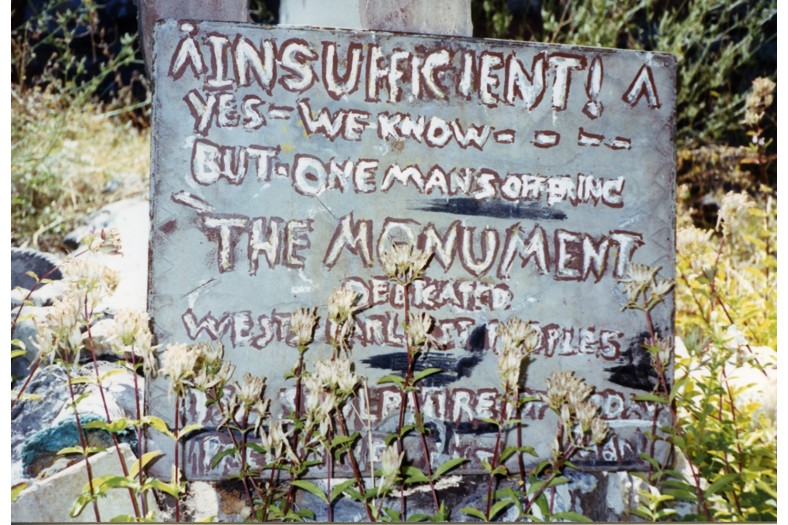
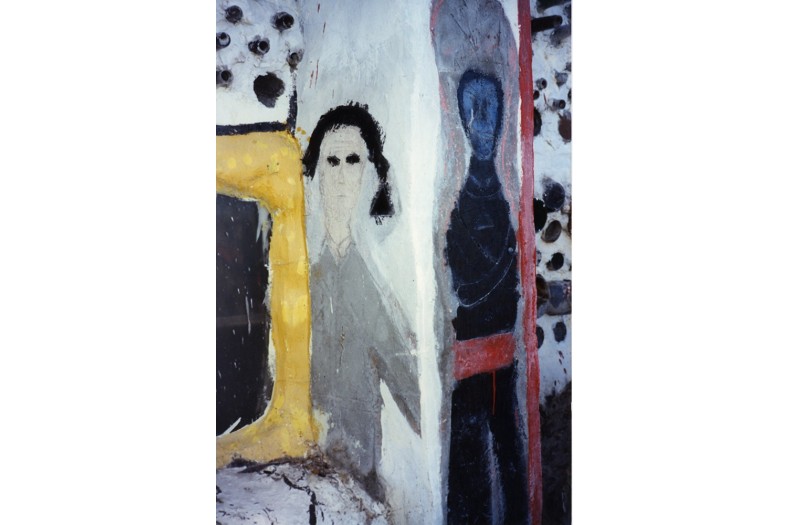
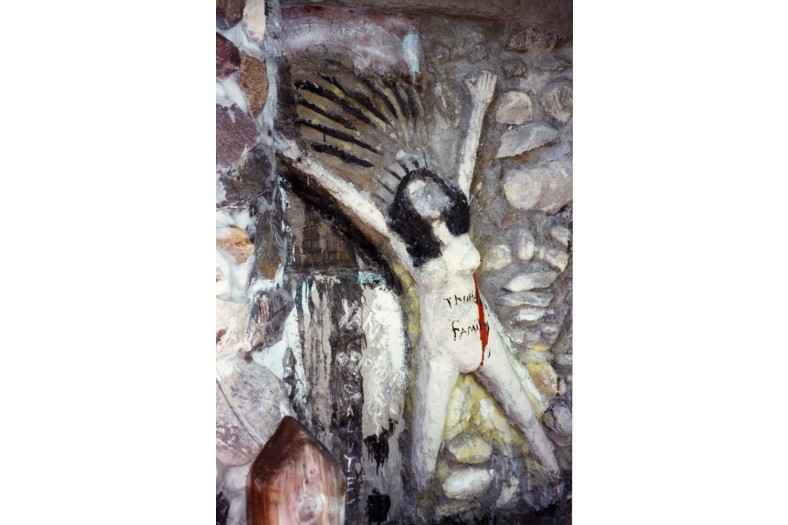
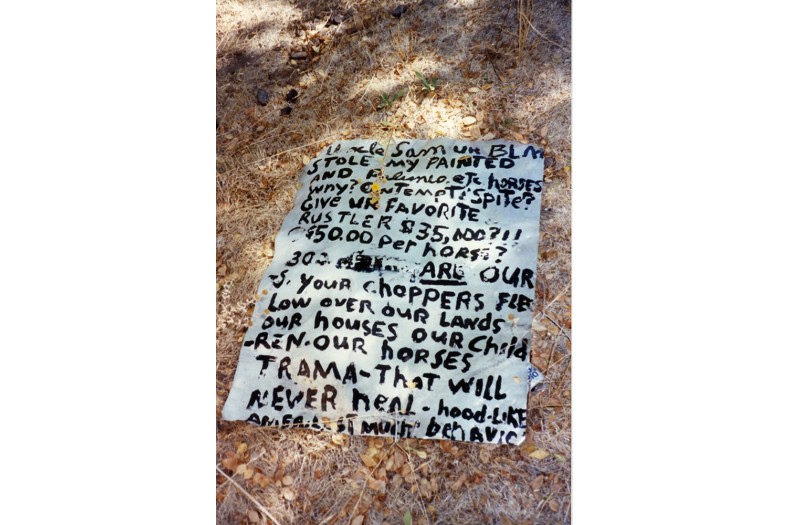
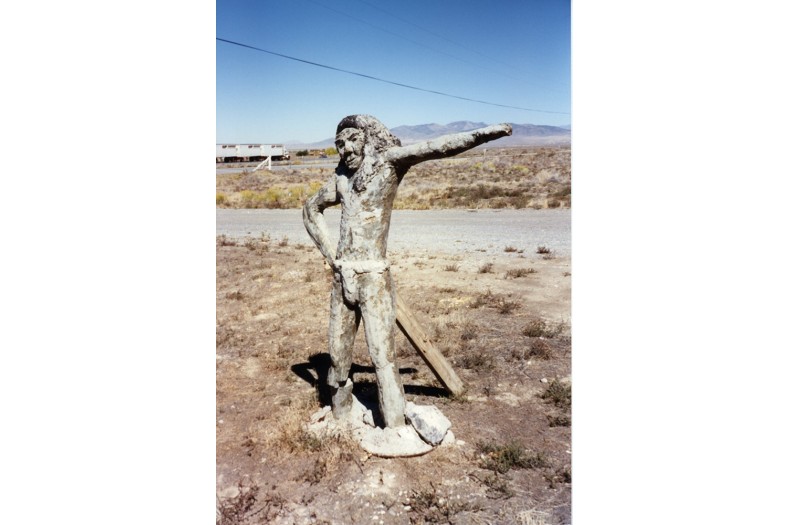
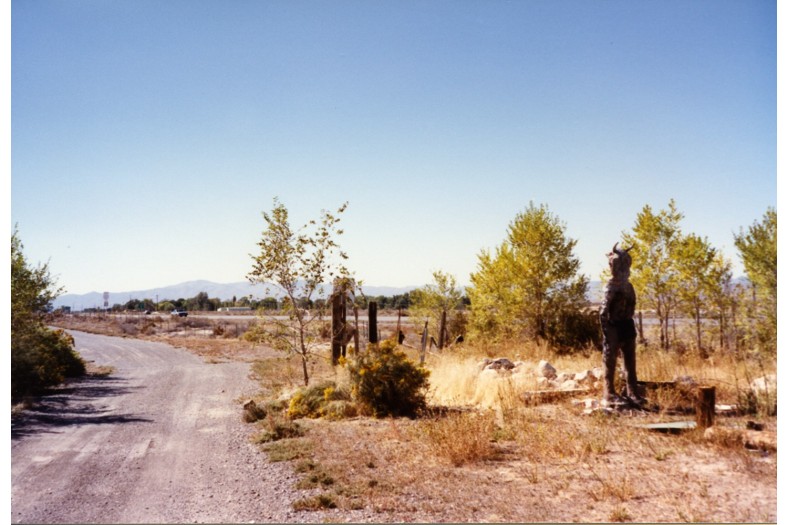
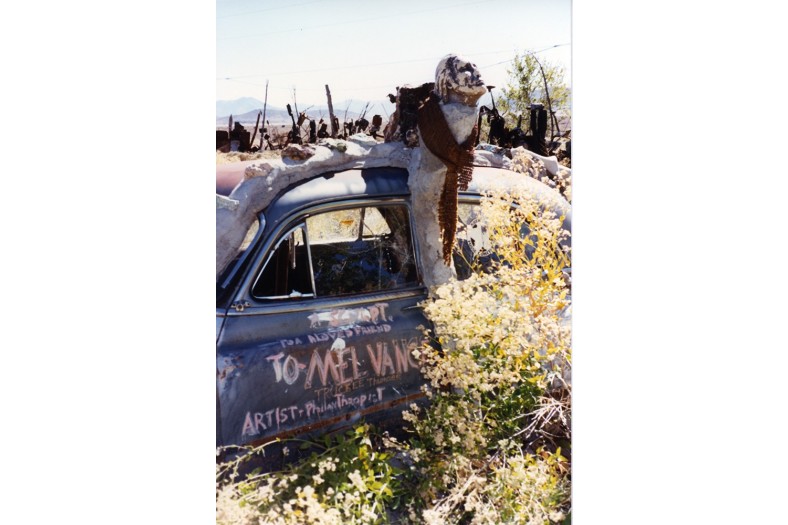
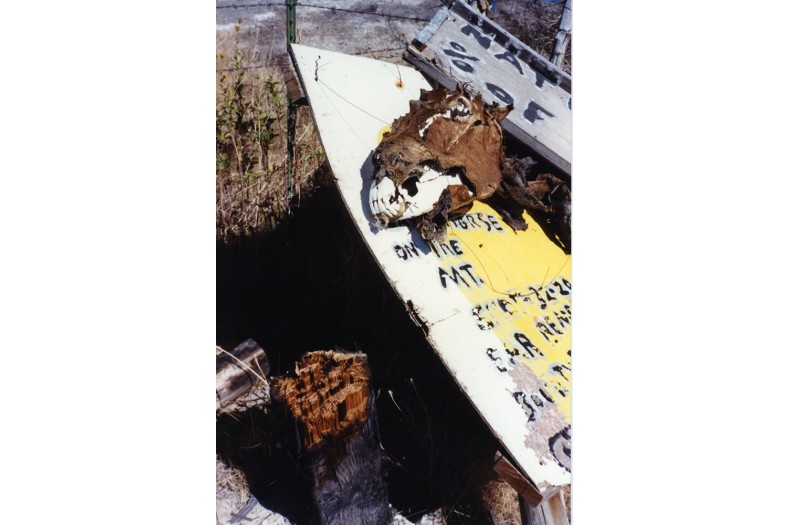
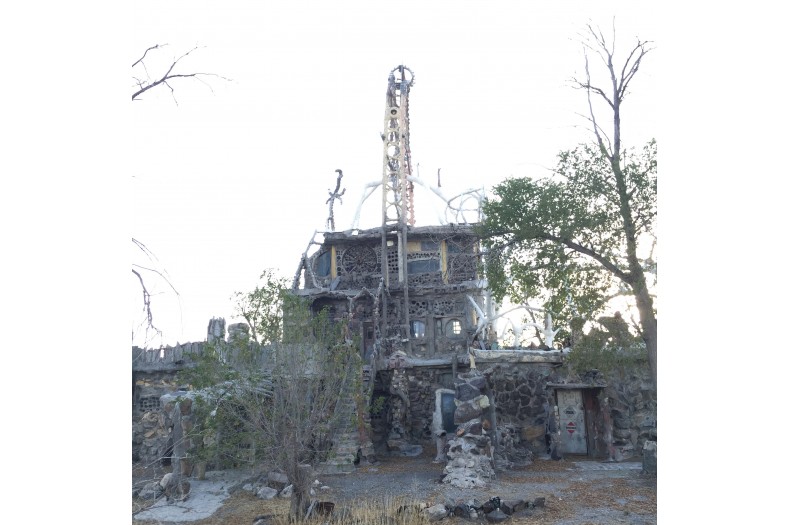
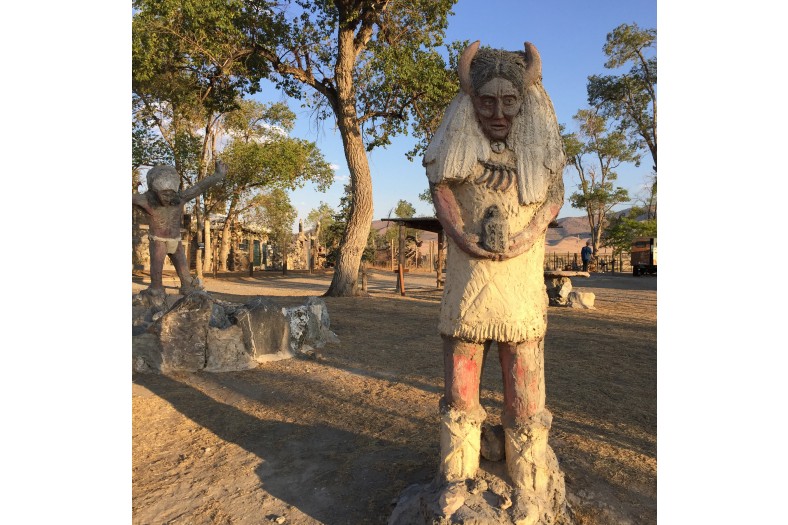
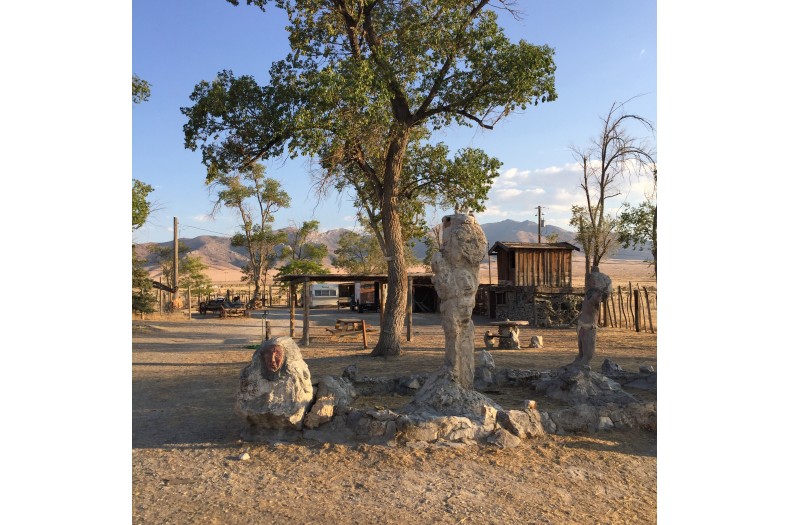
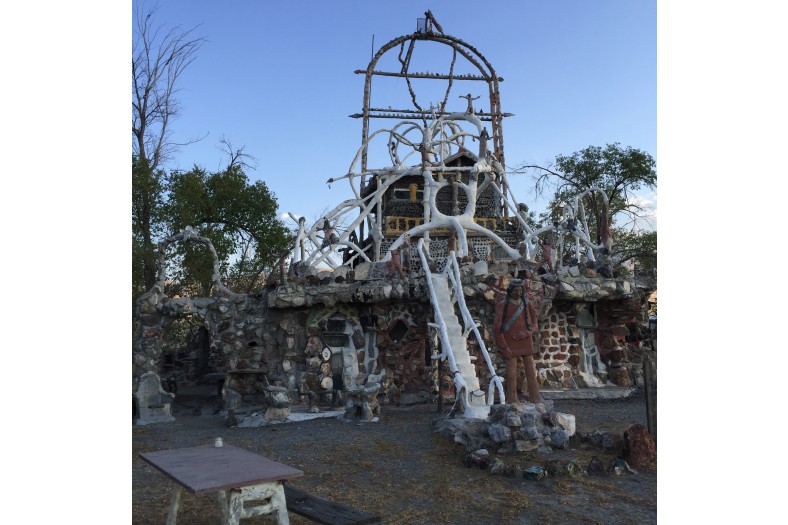
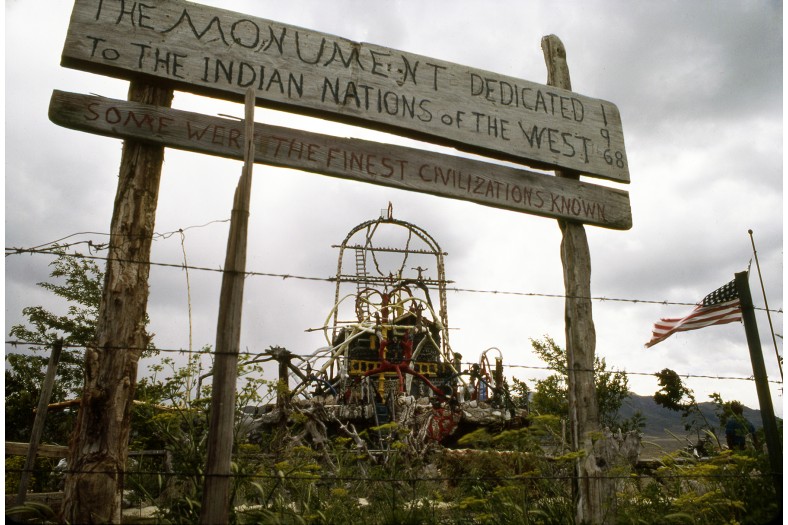
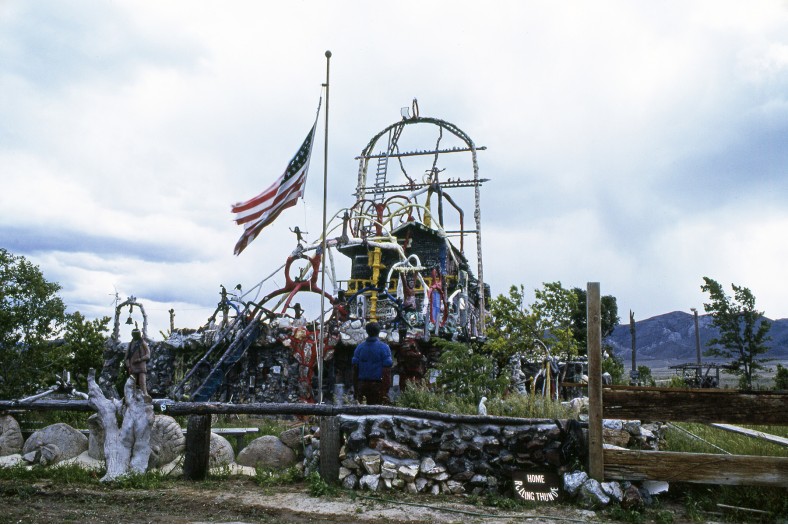
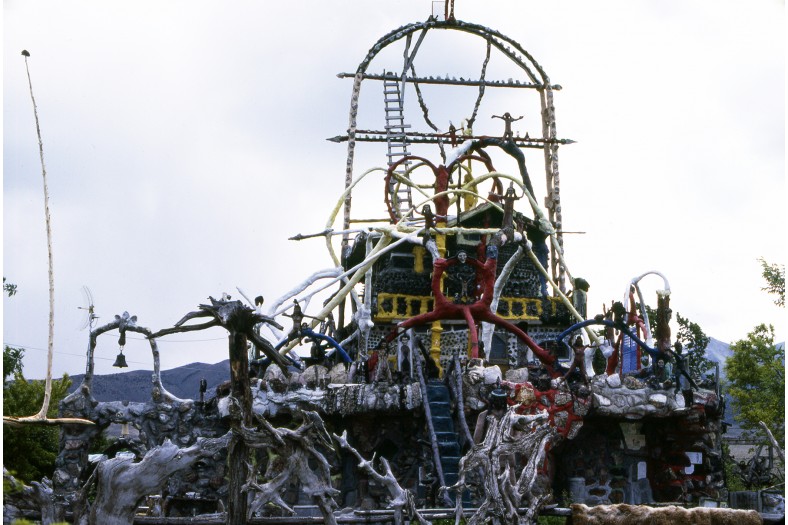

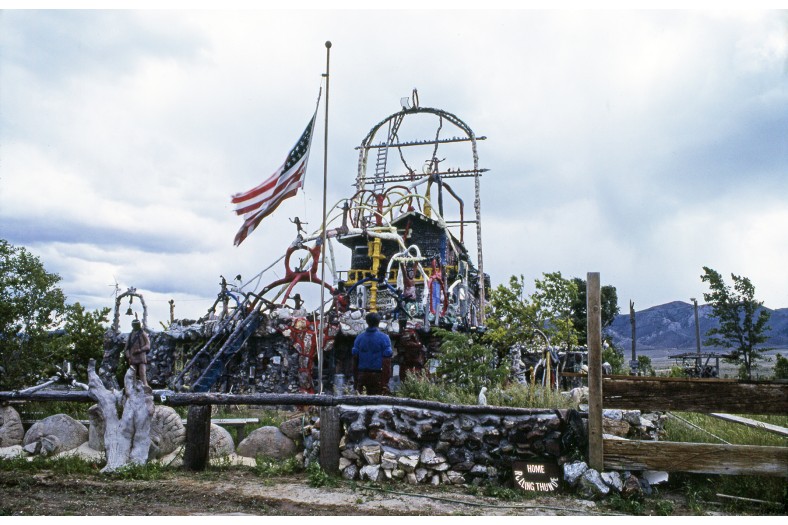
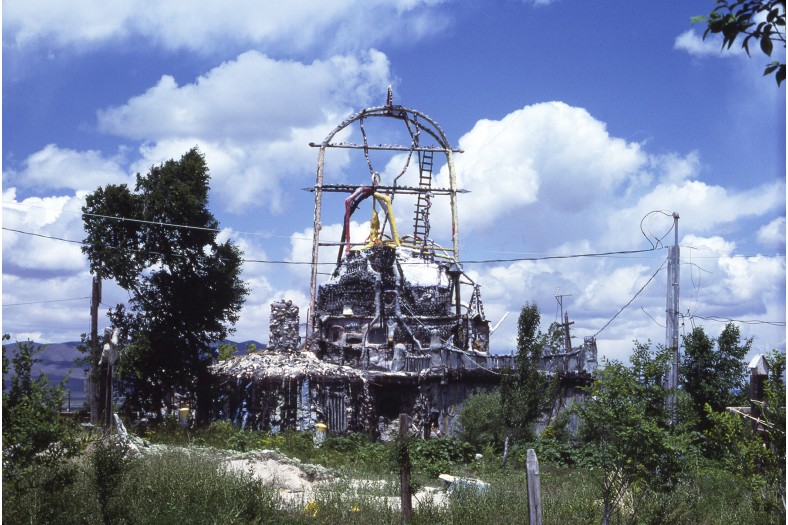
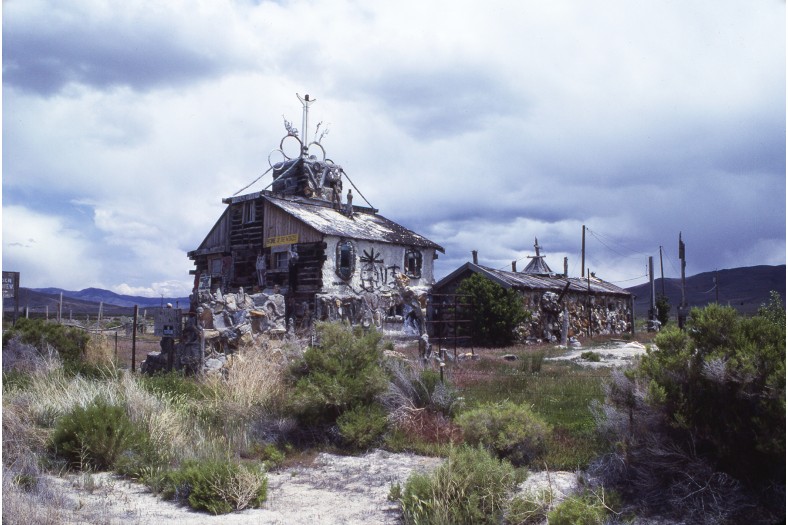
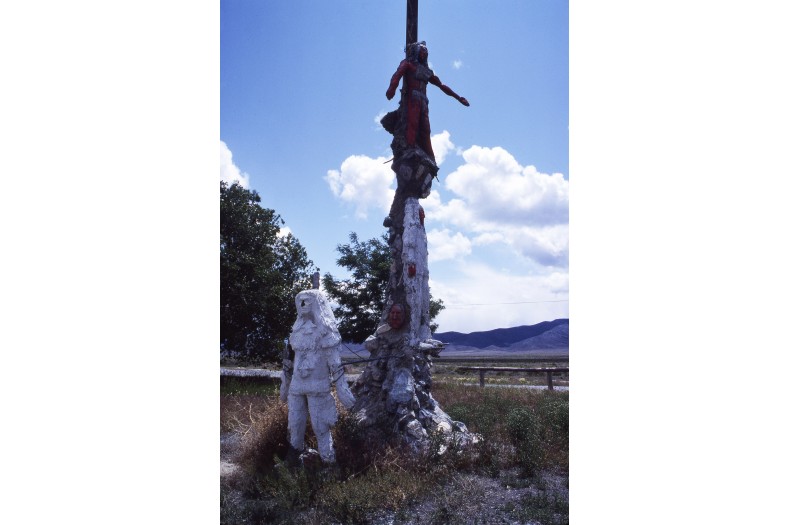
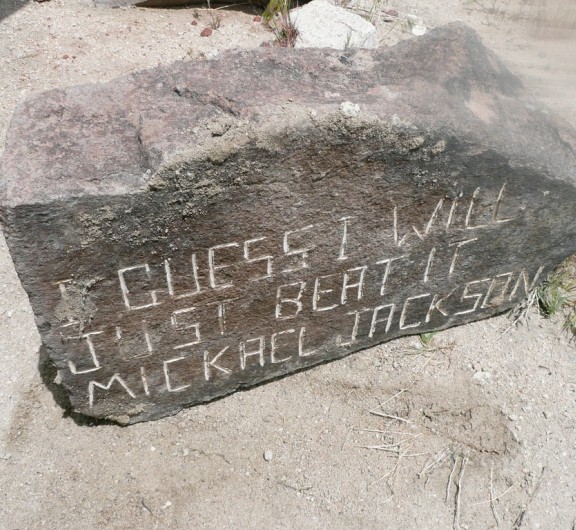



Post your comment
Comments
No one has commented on this page yet.